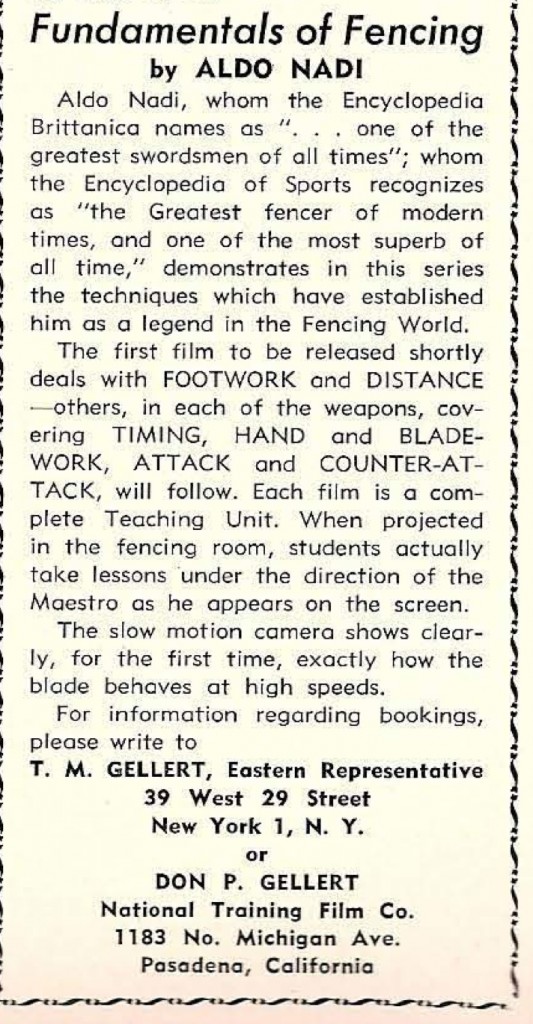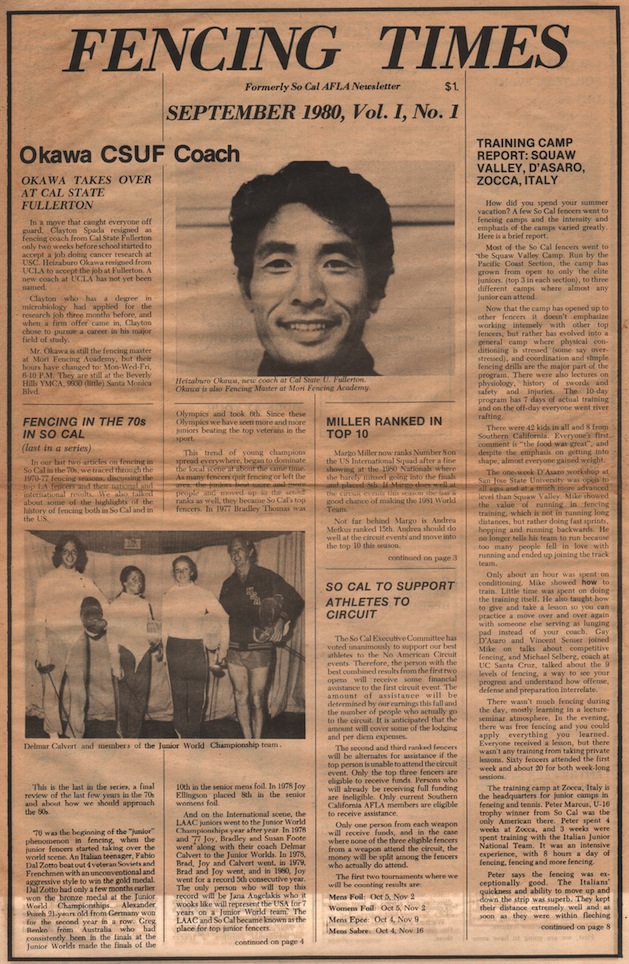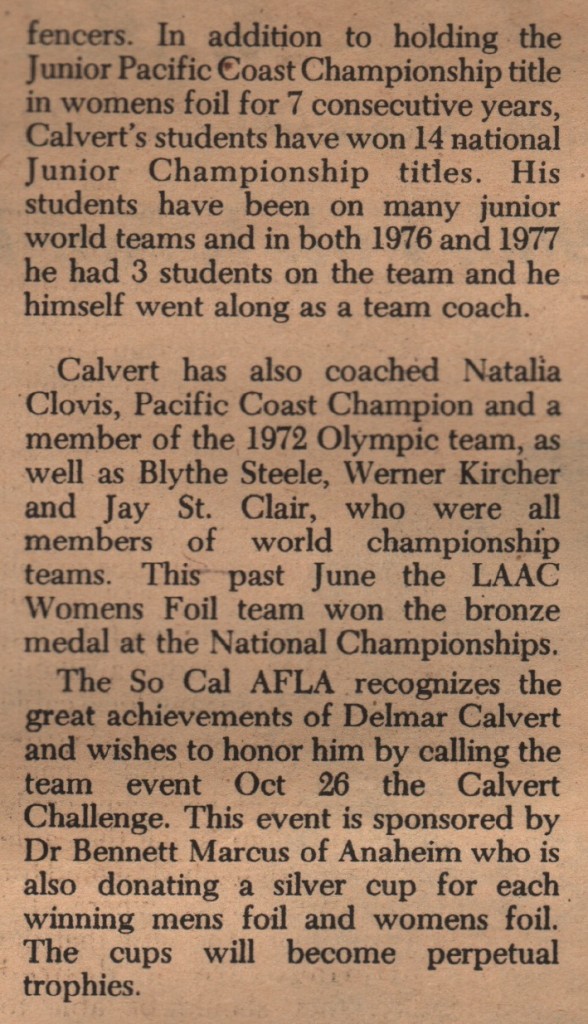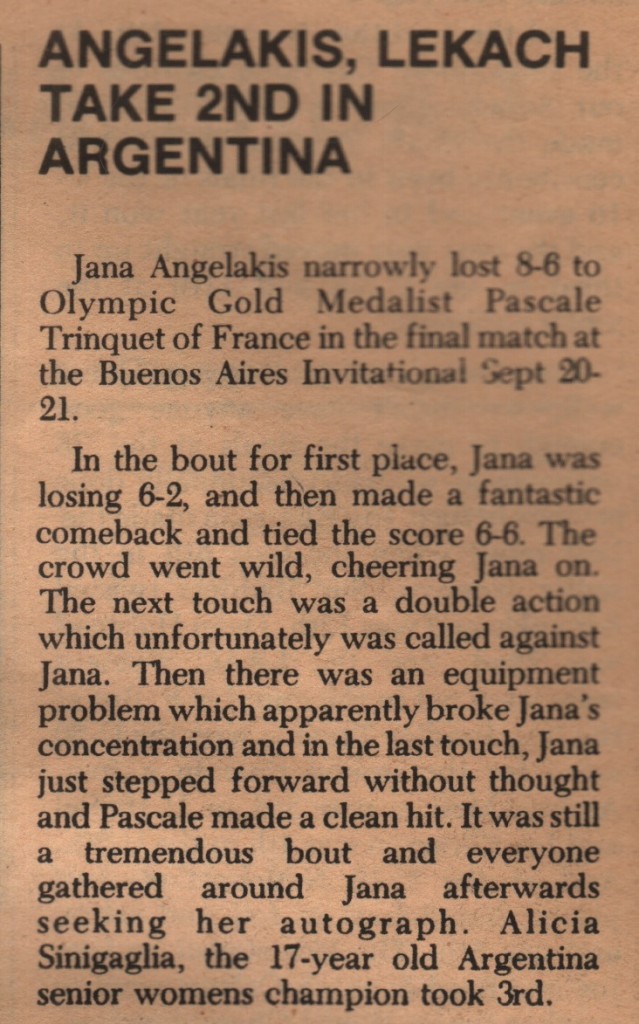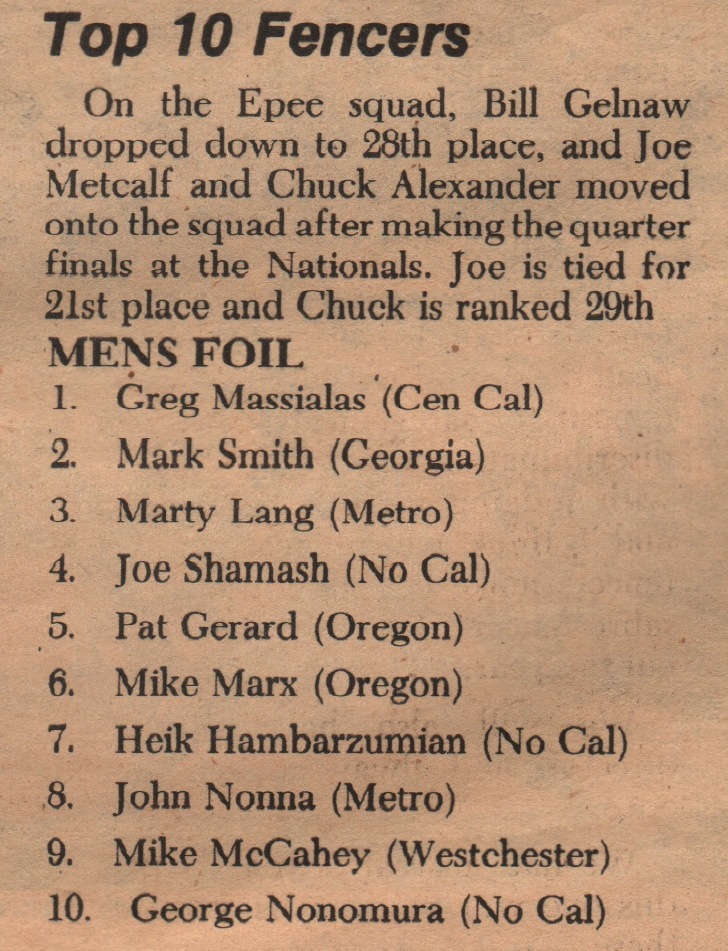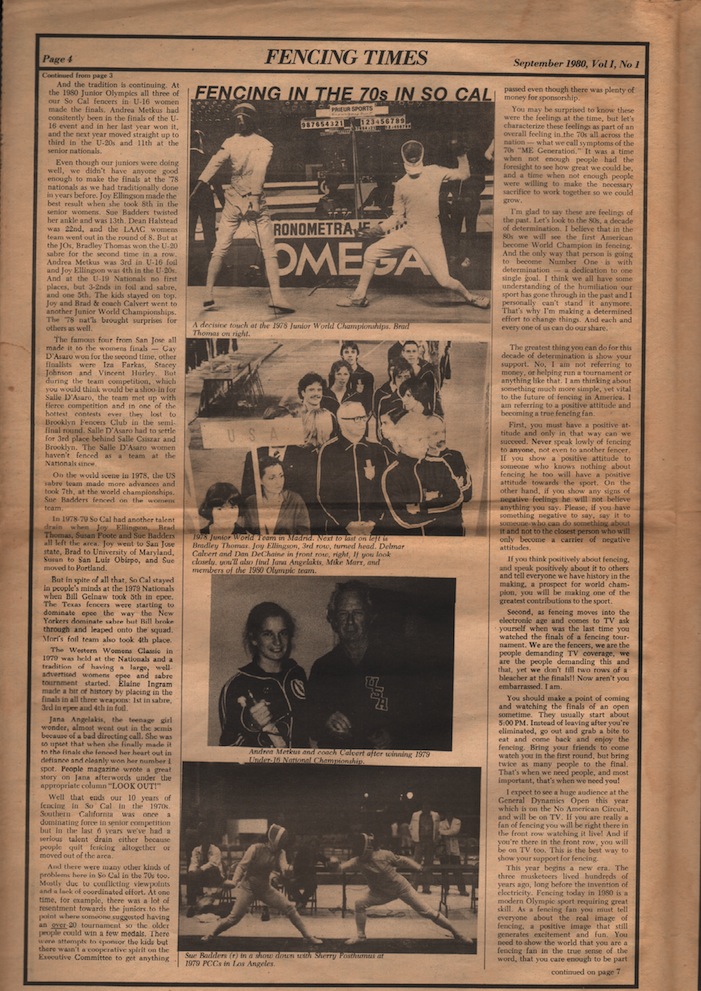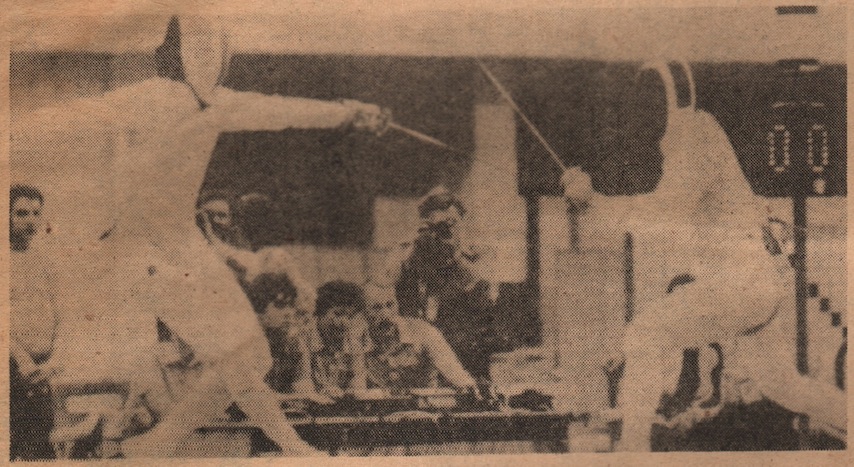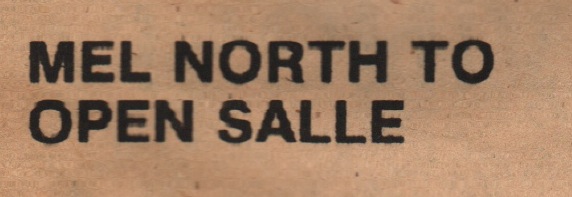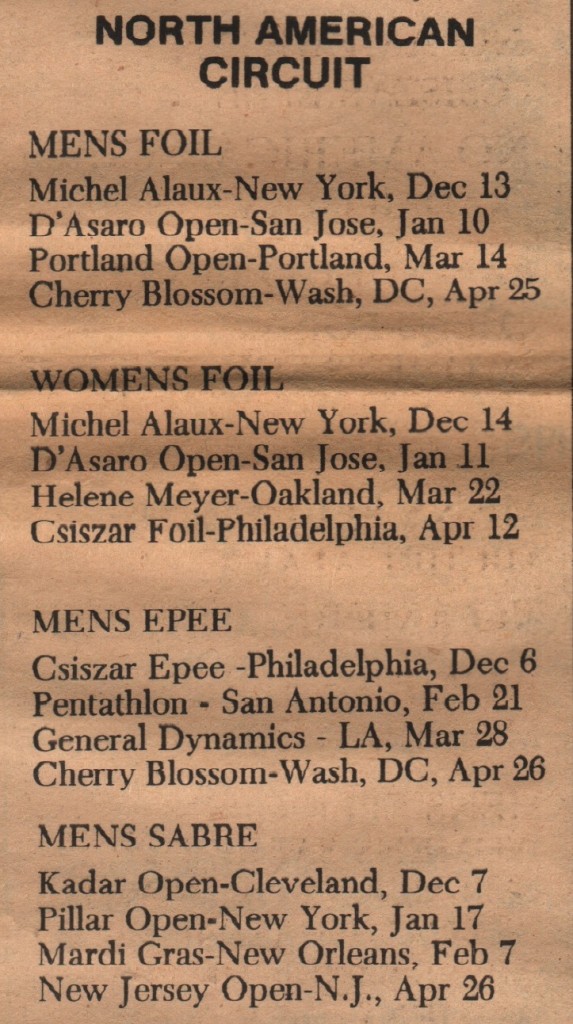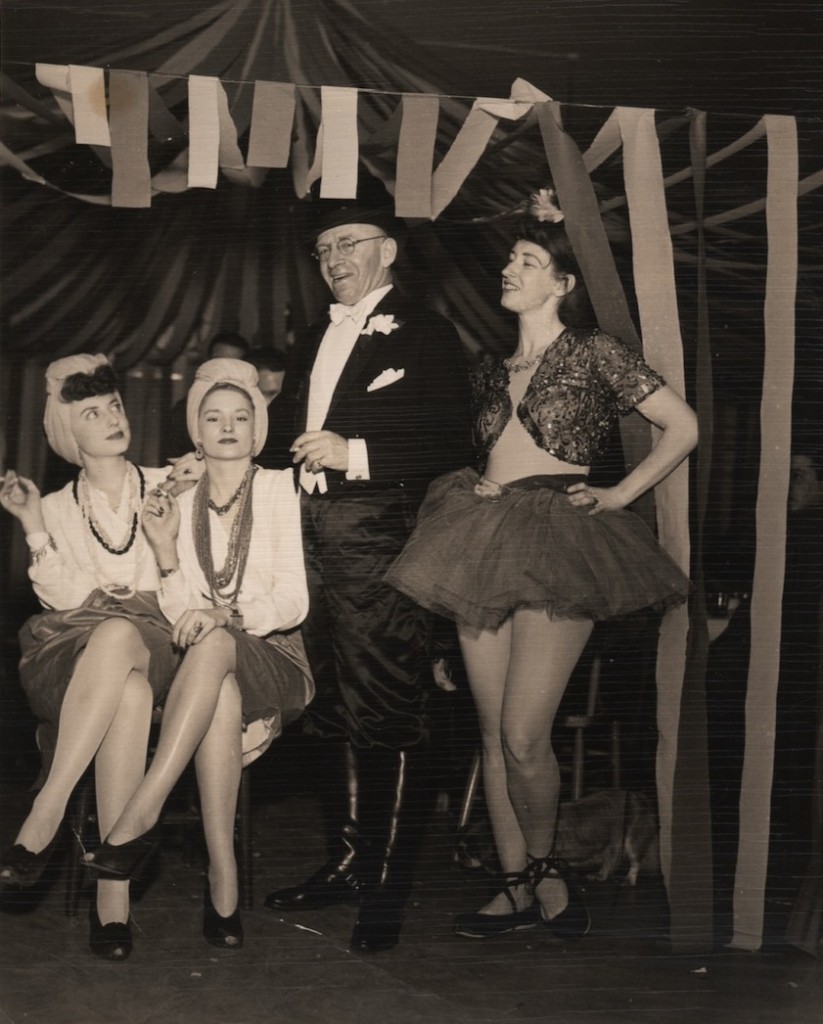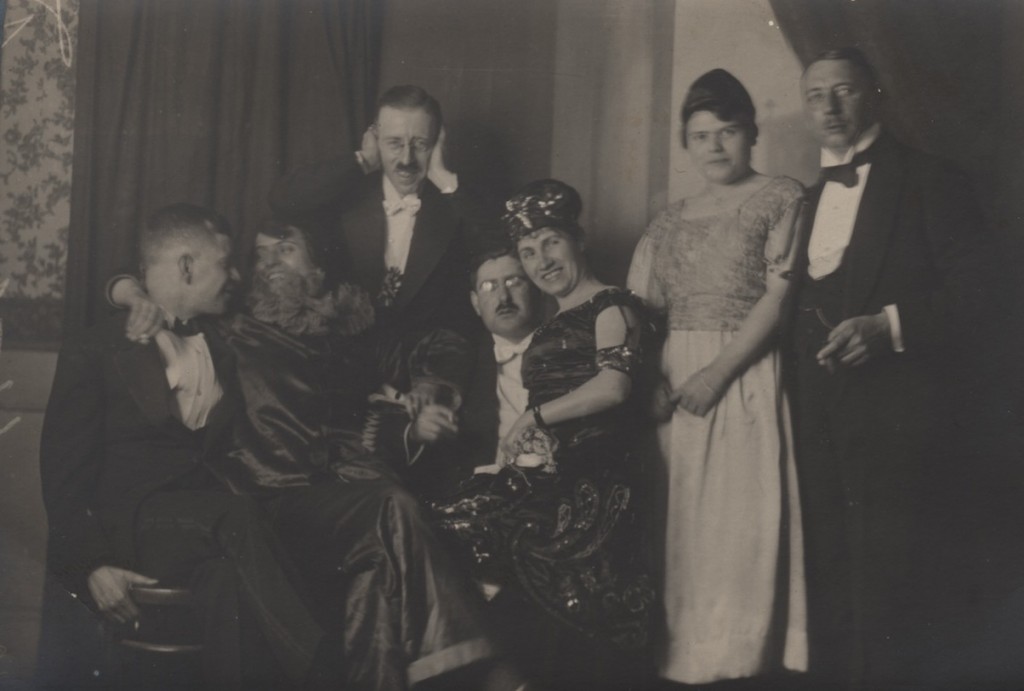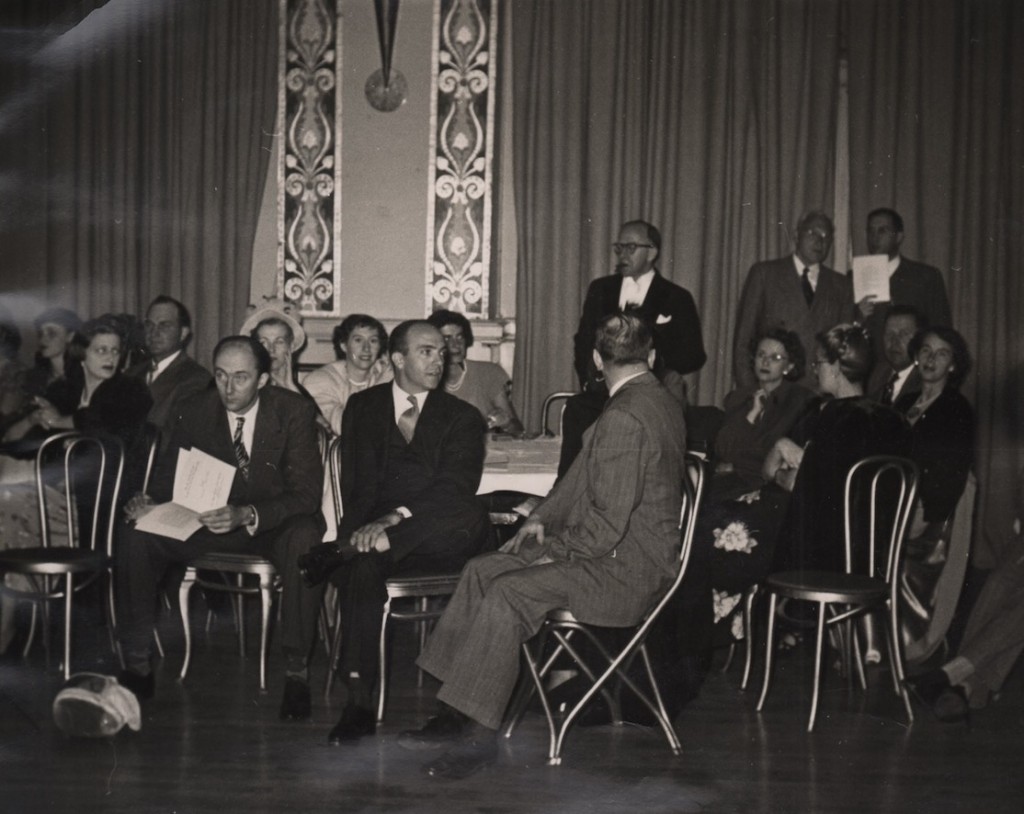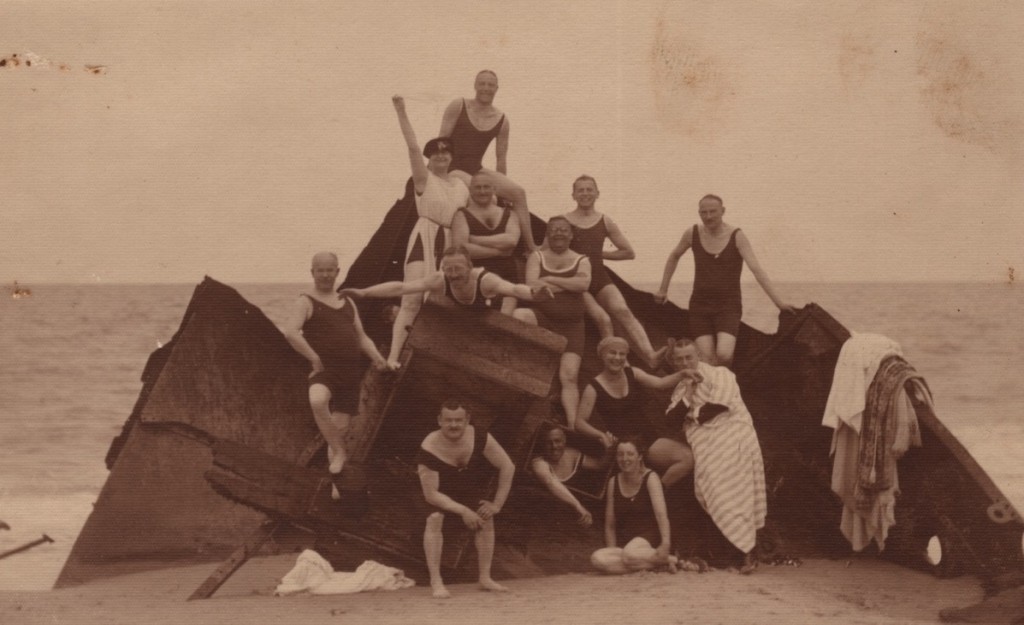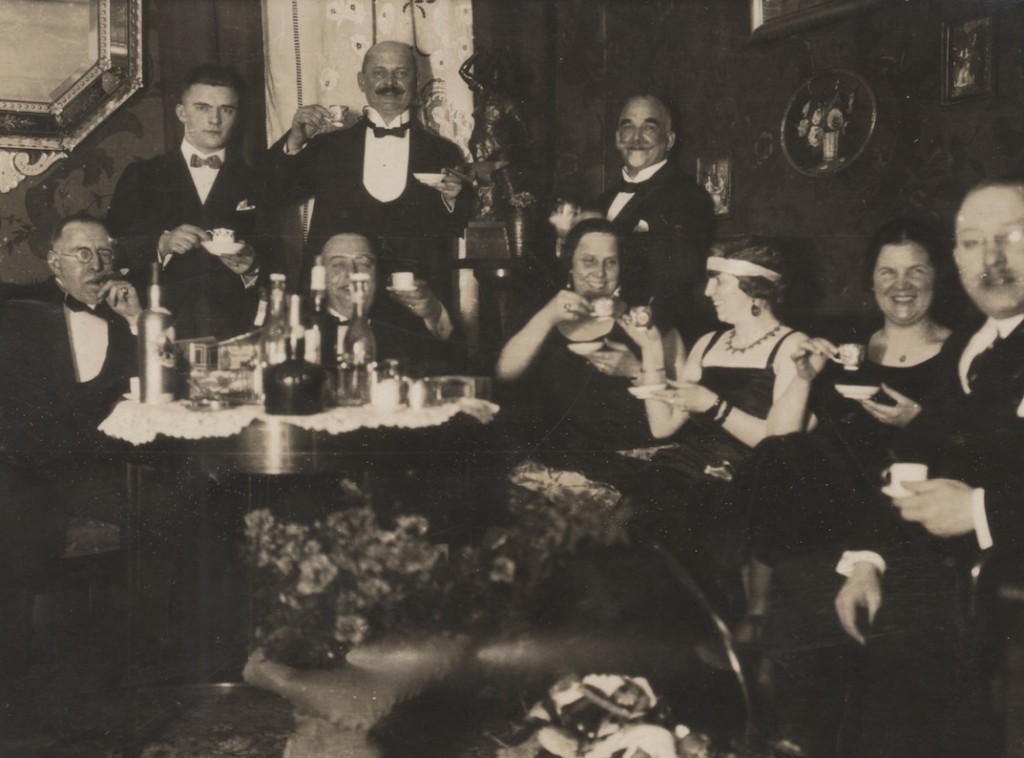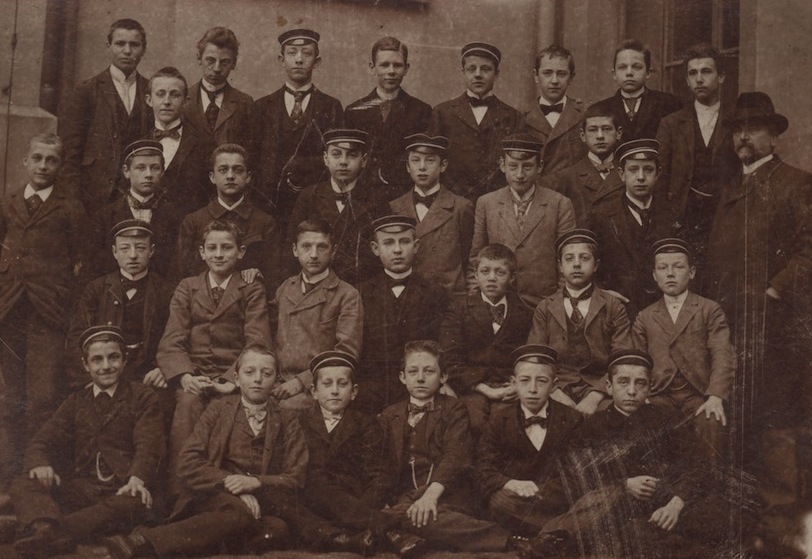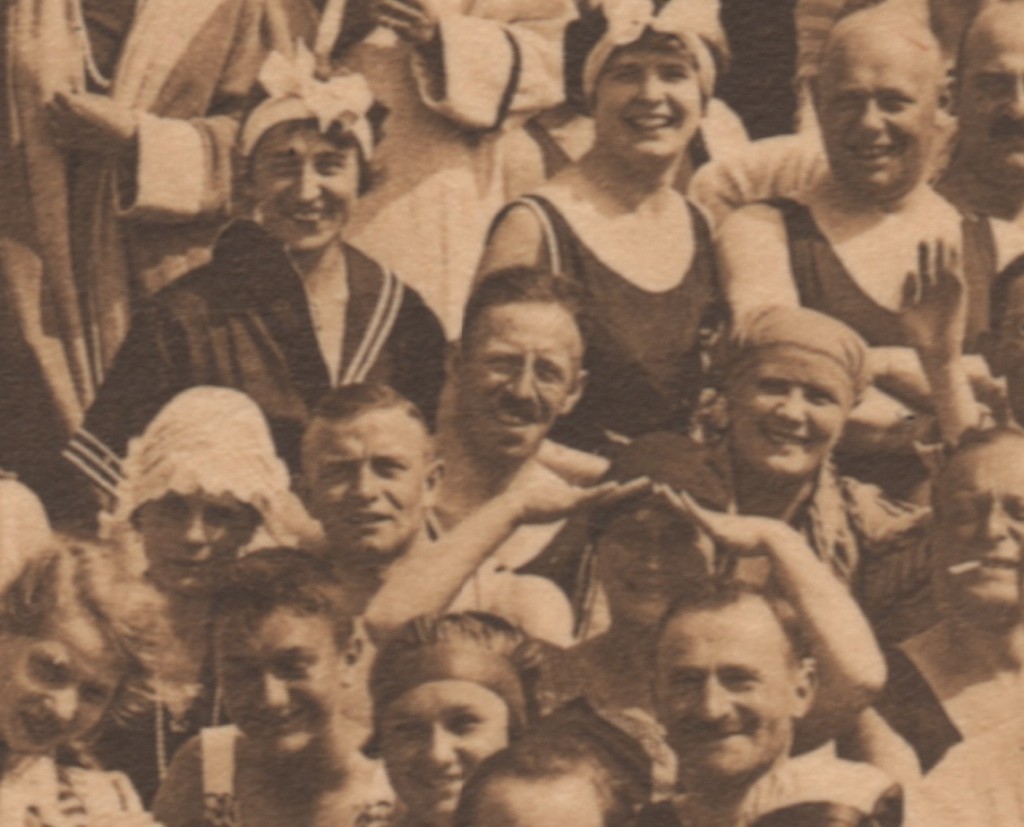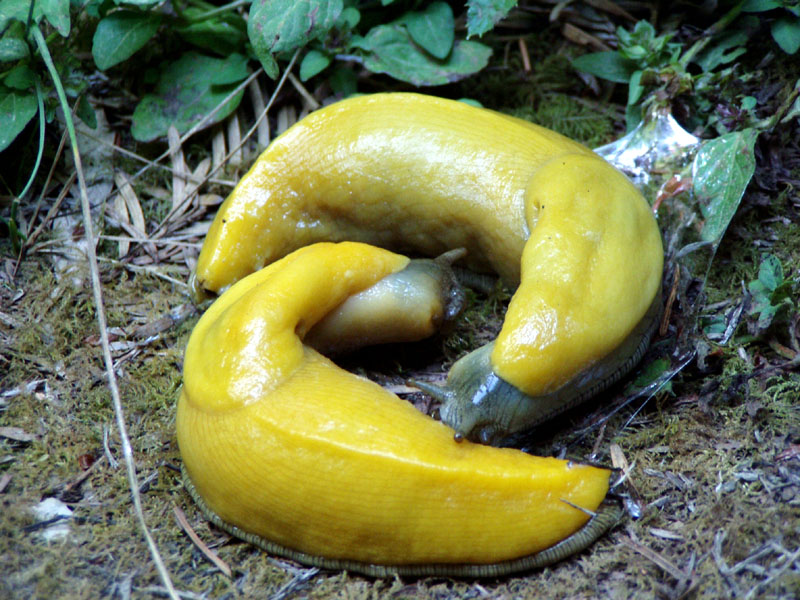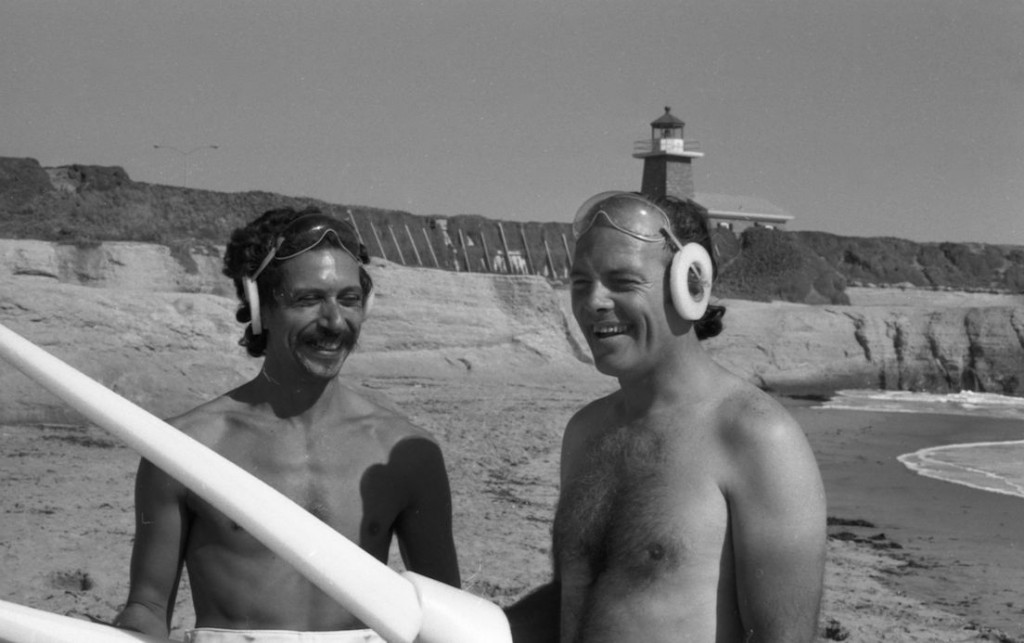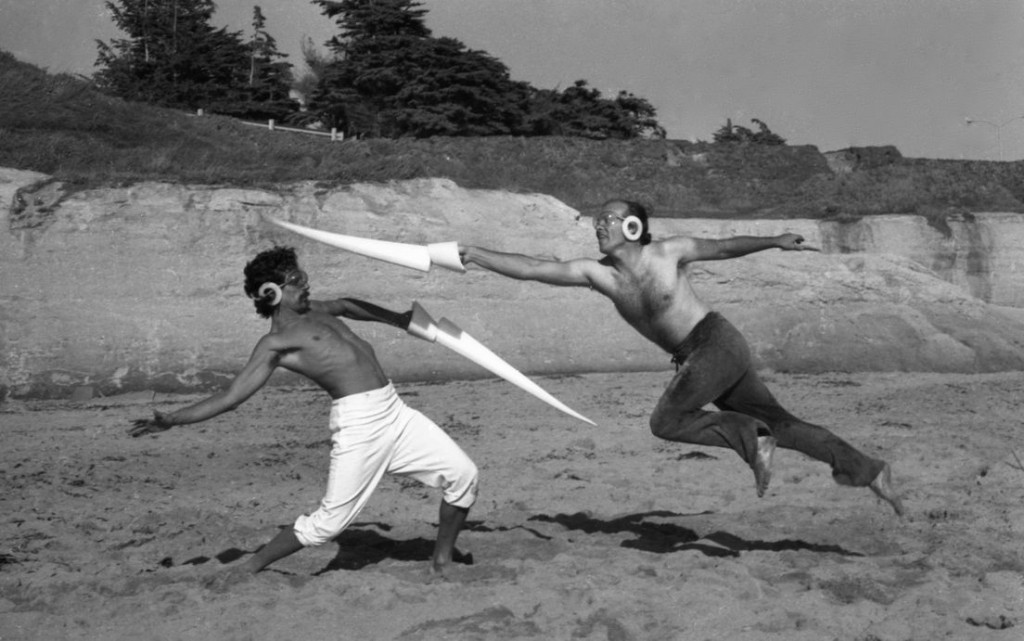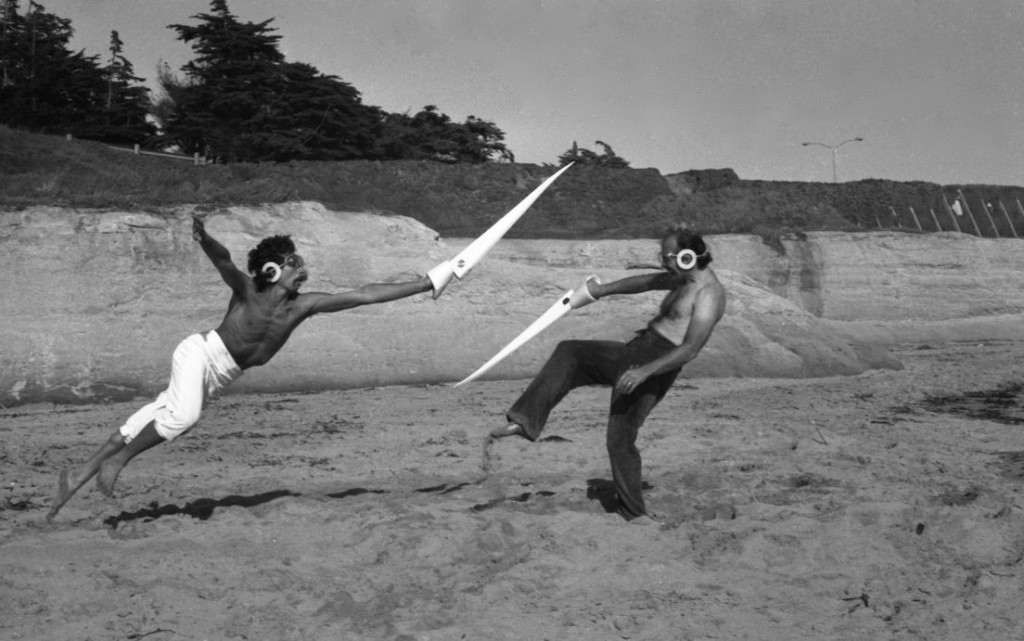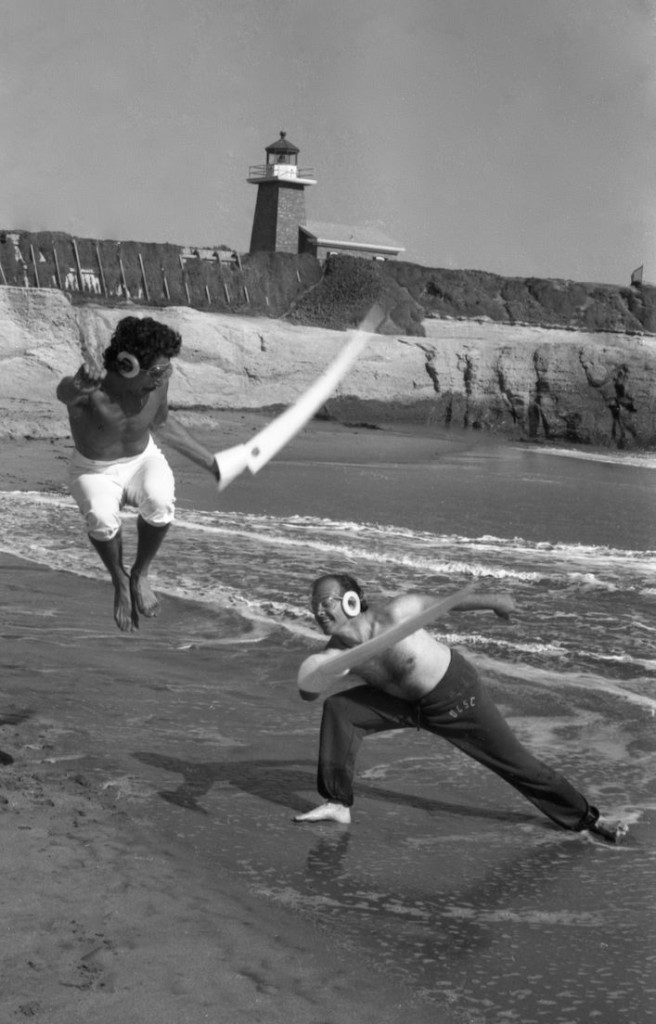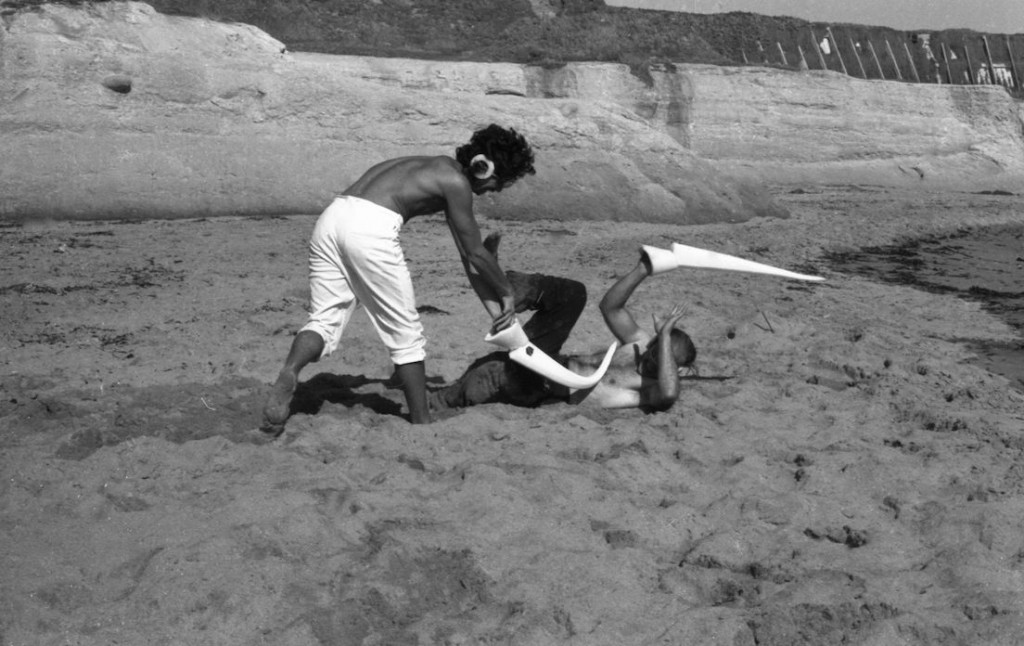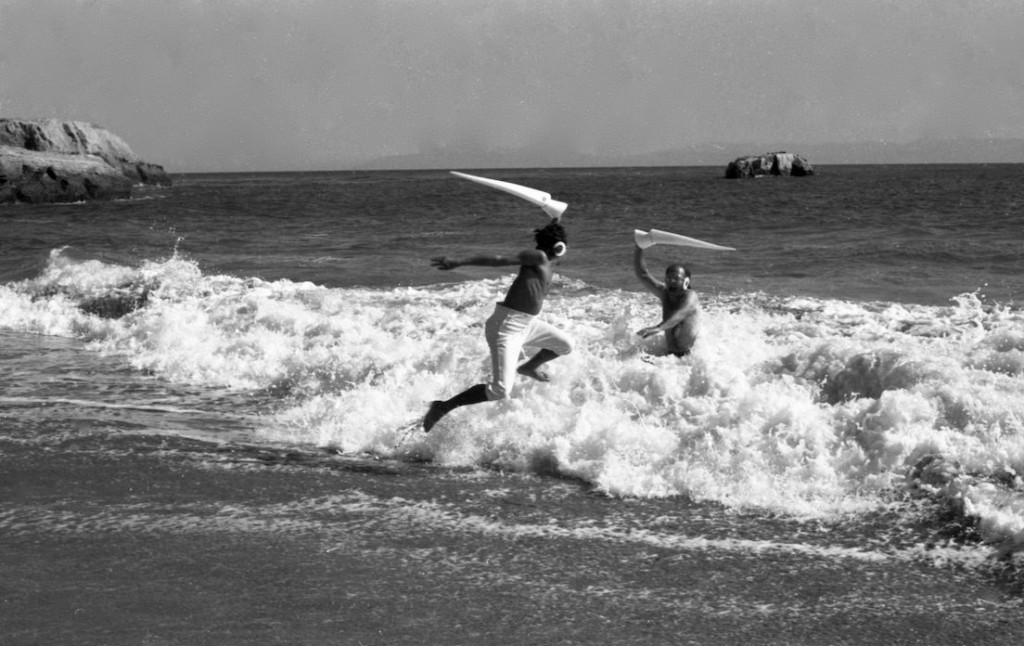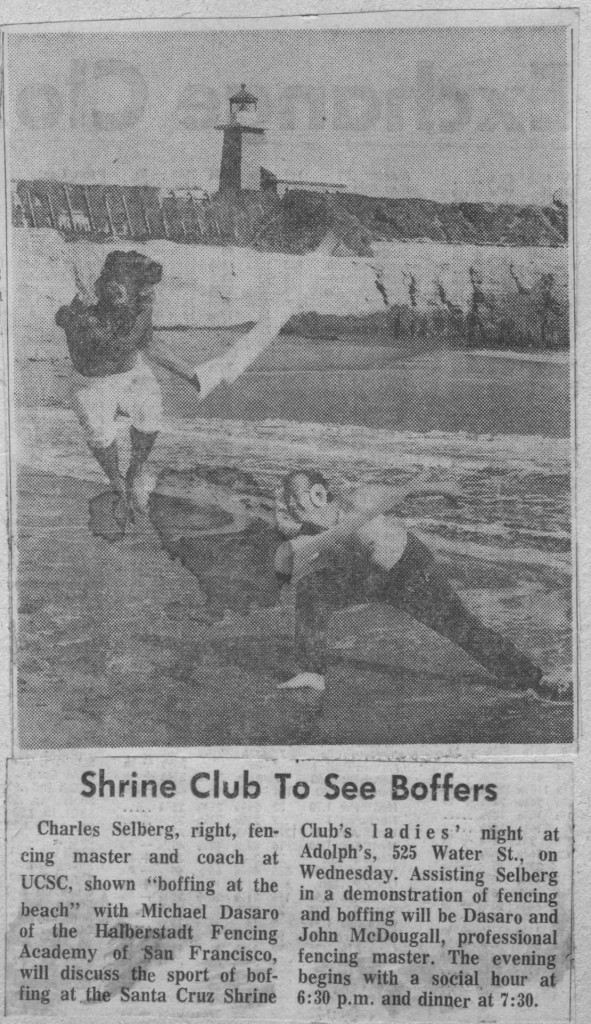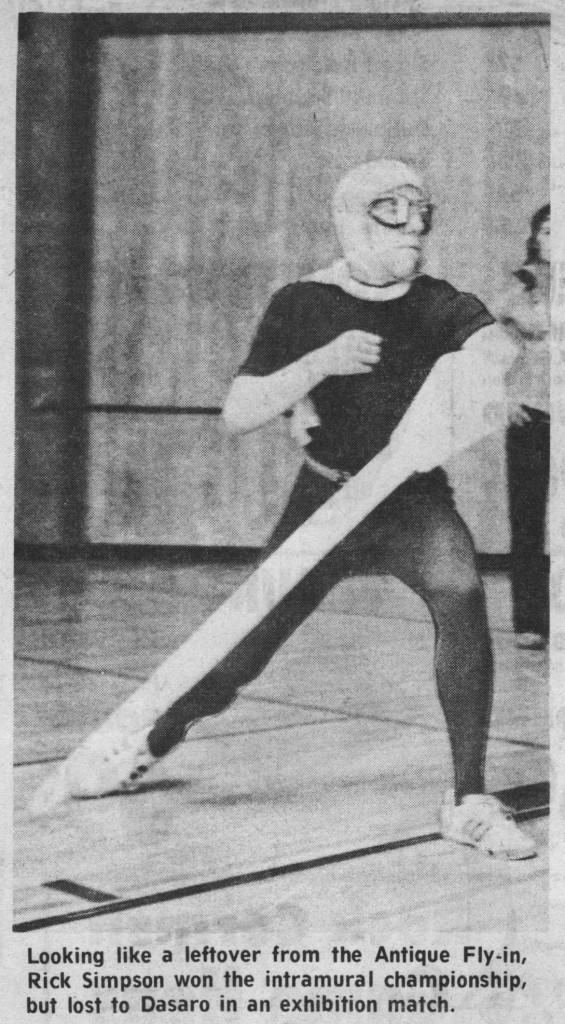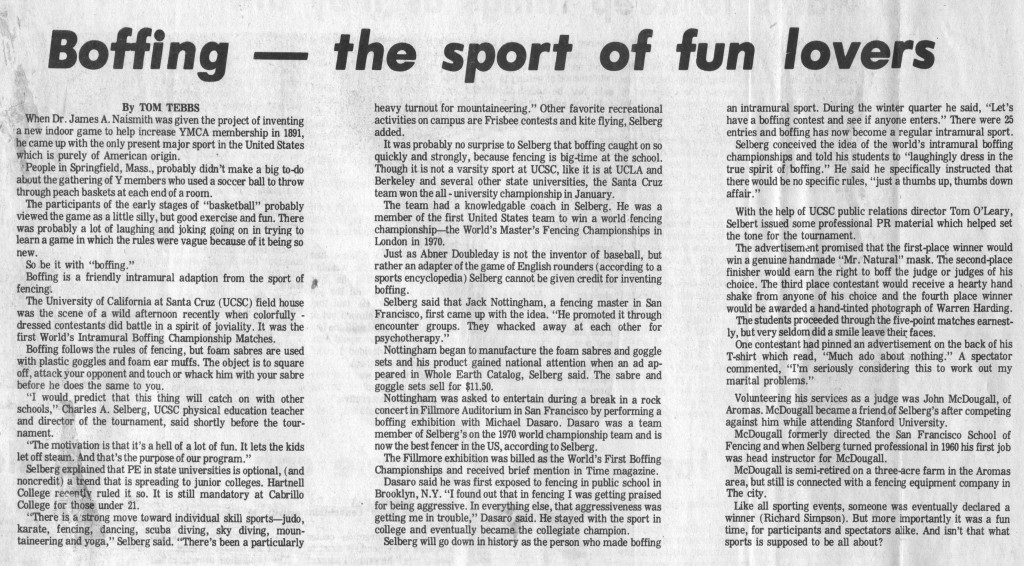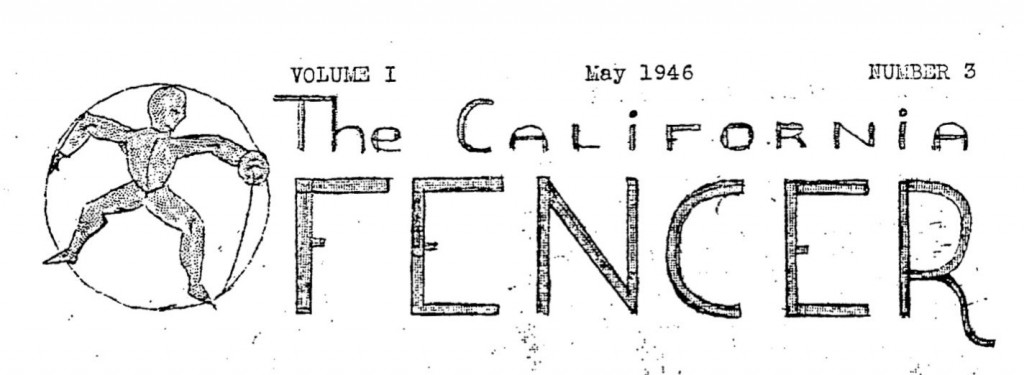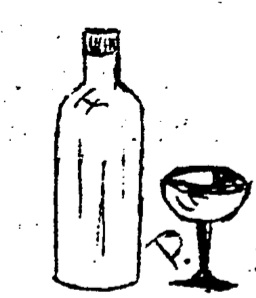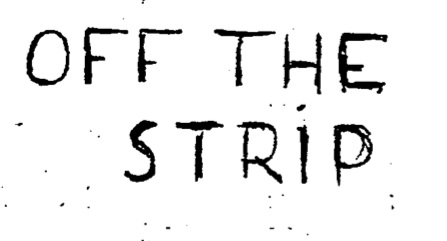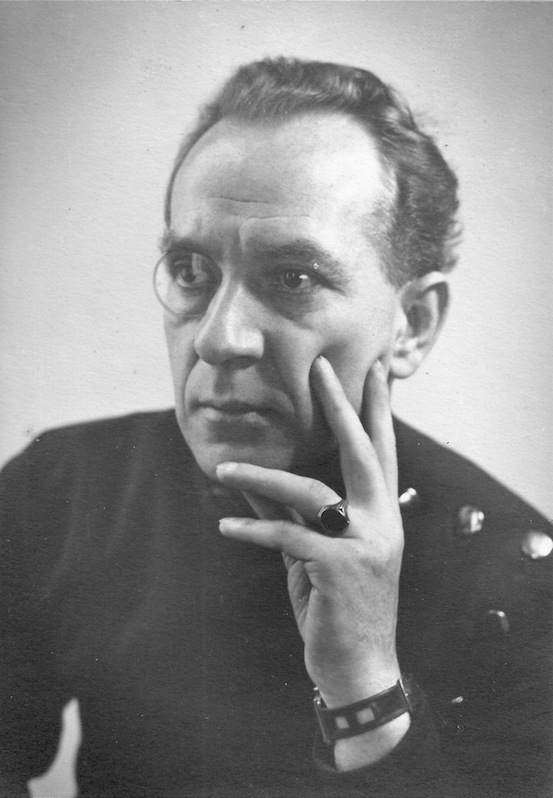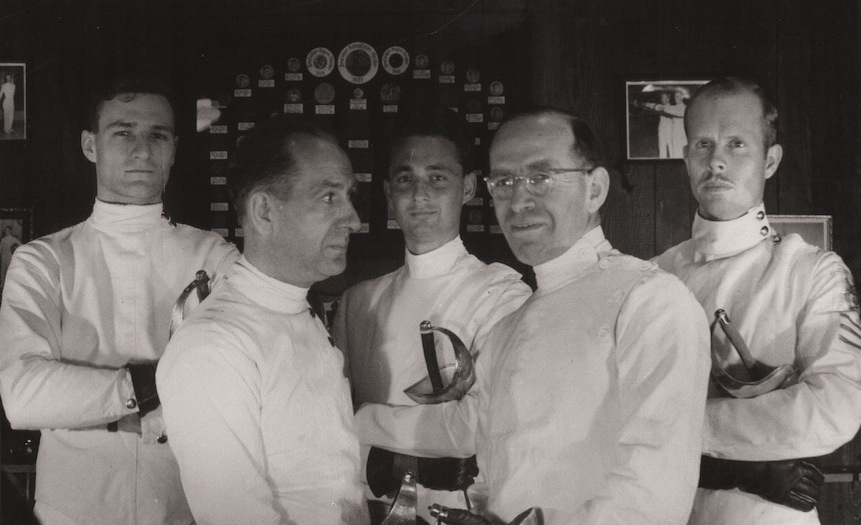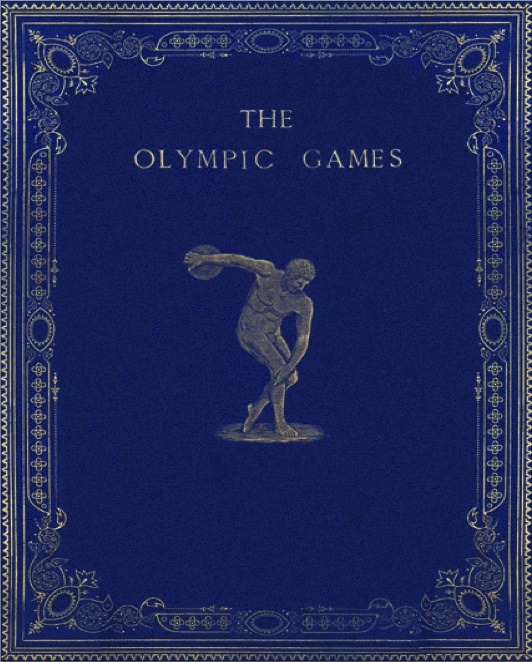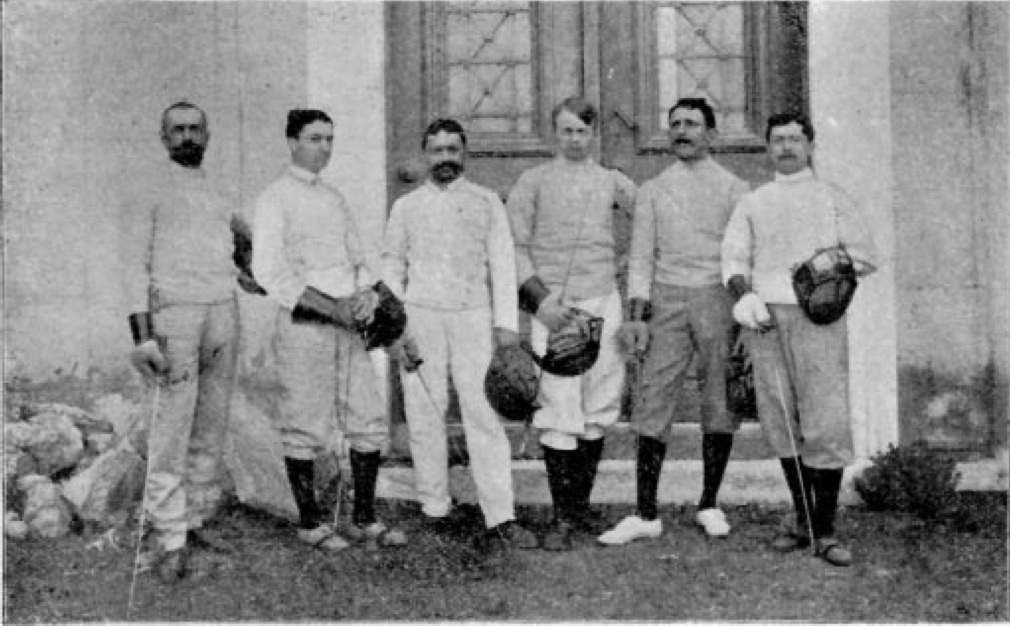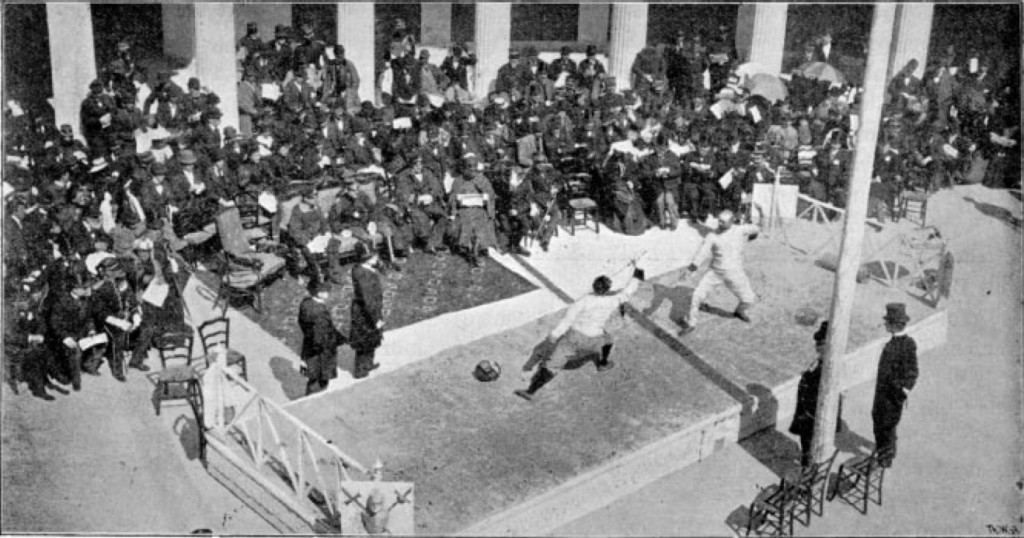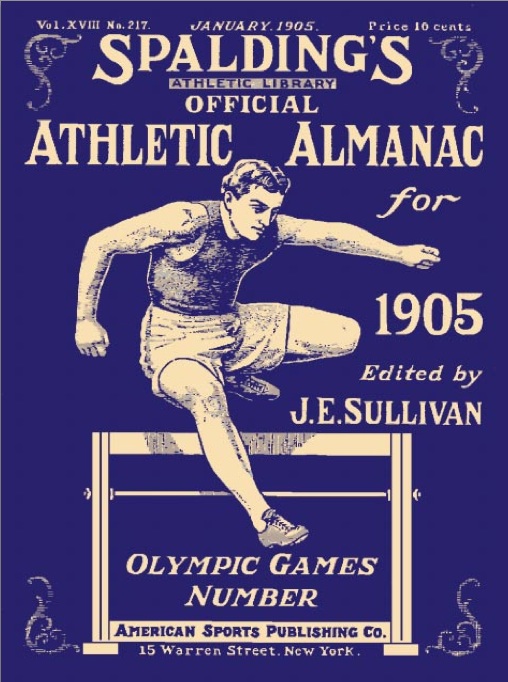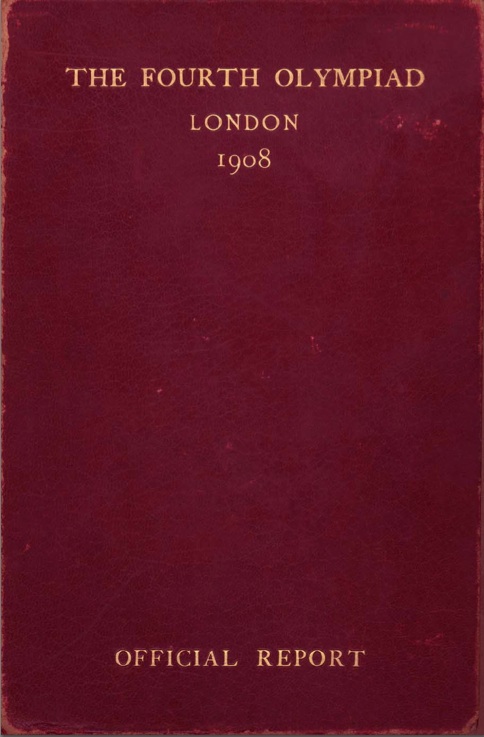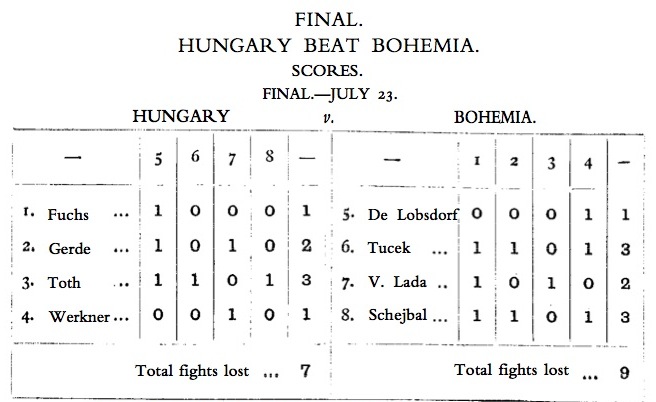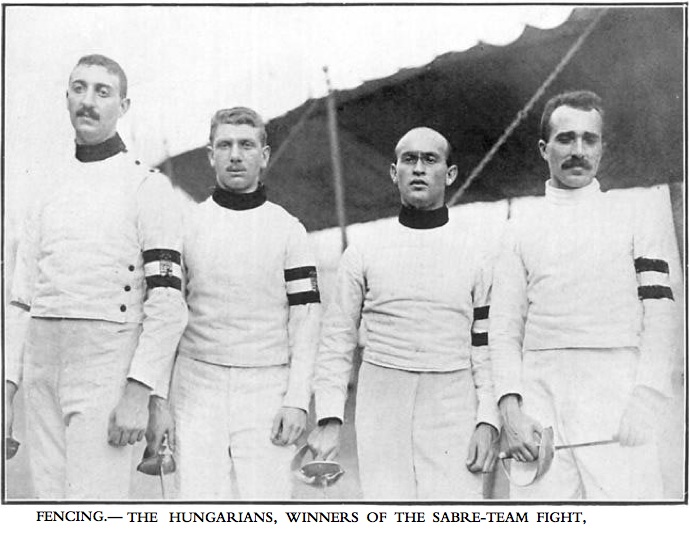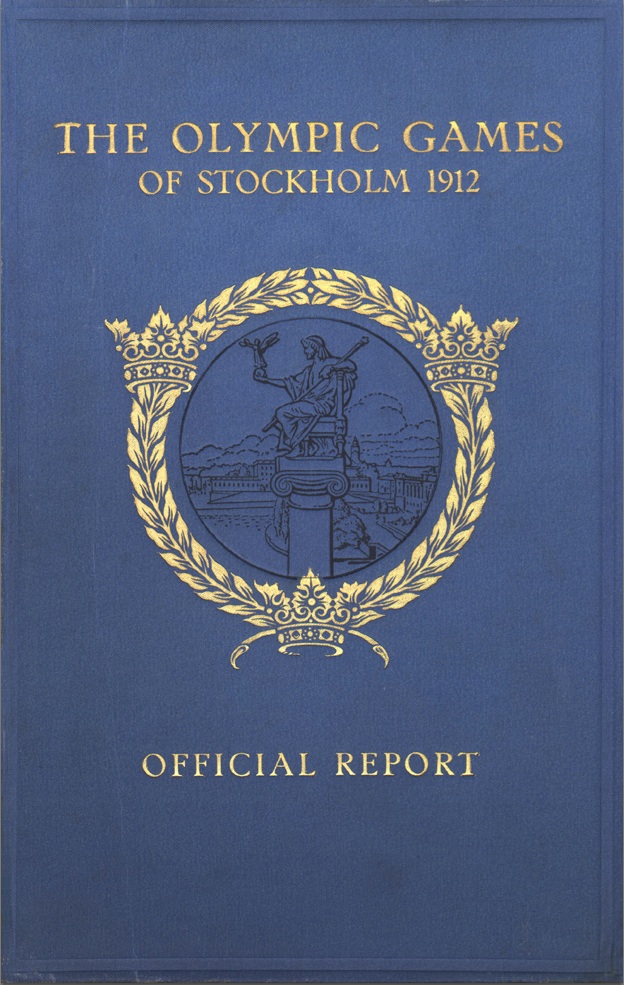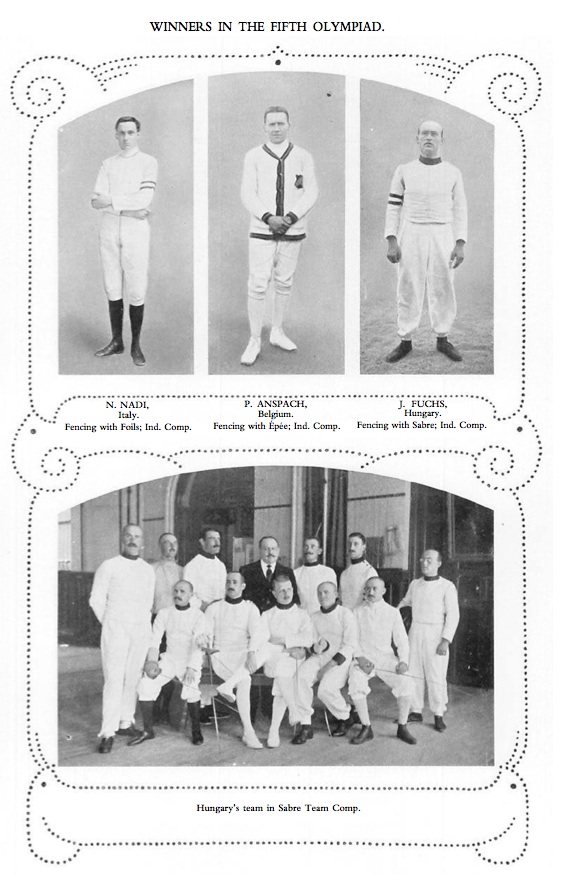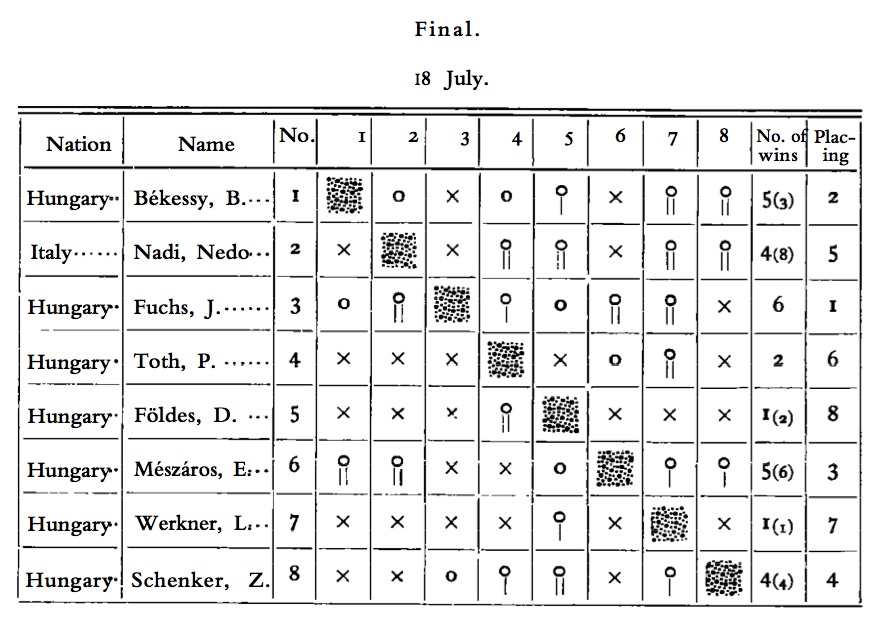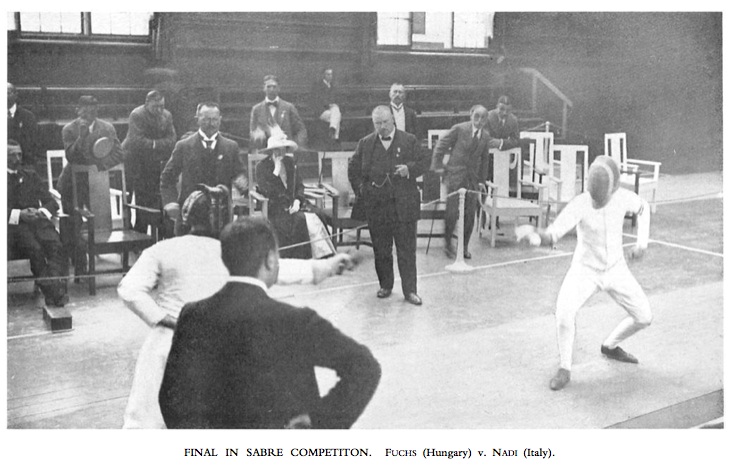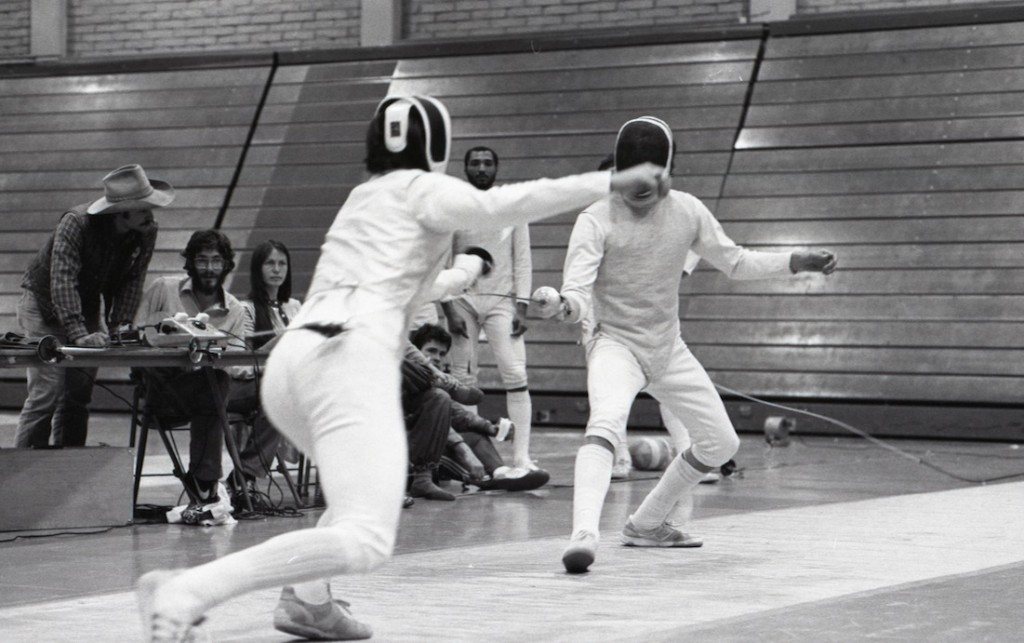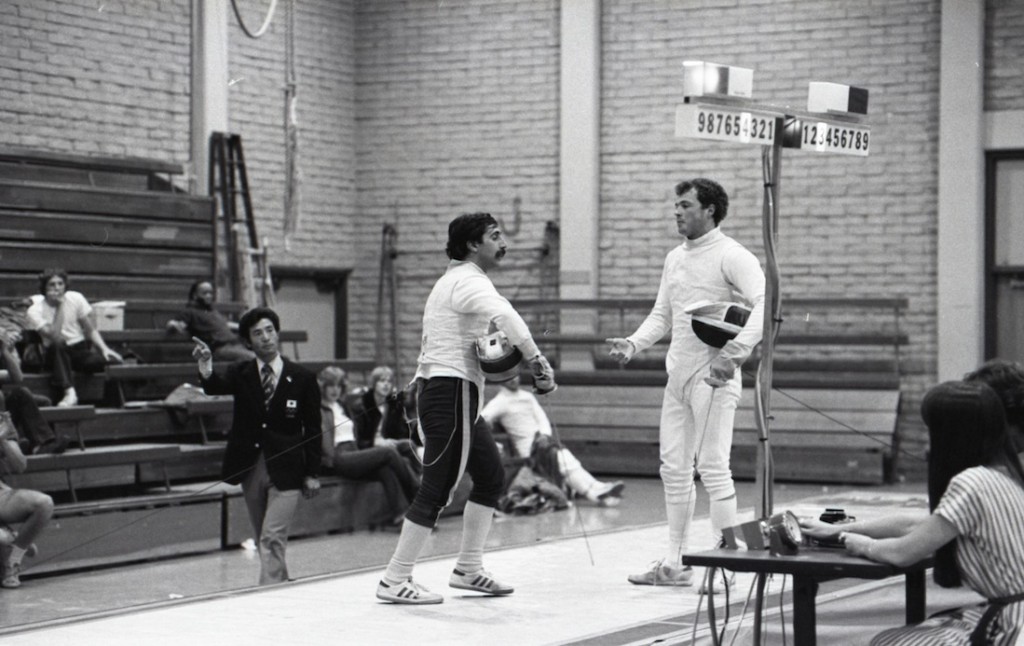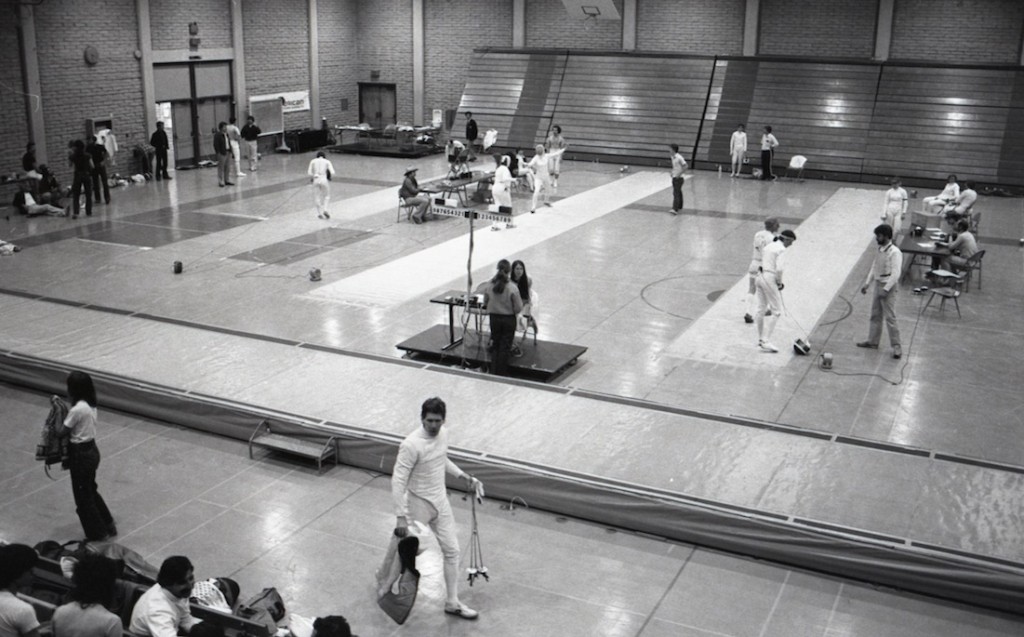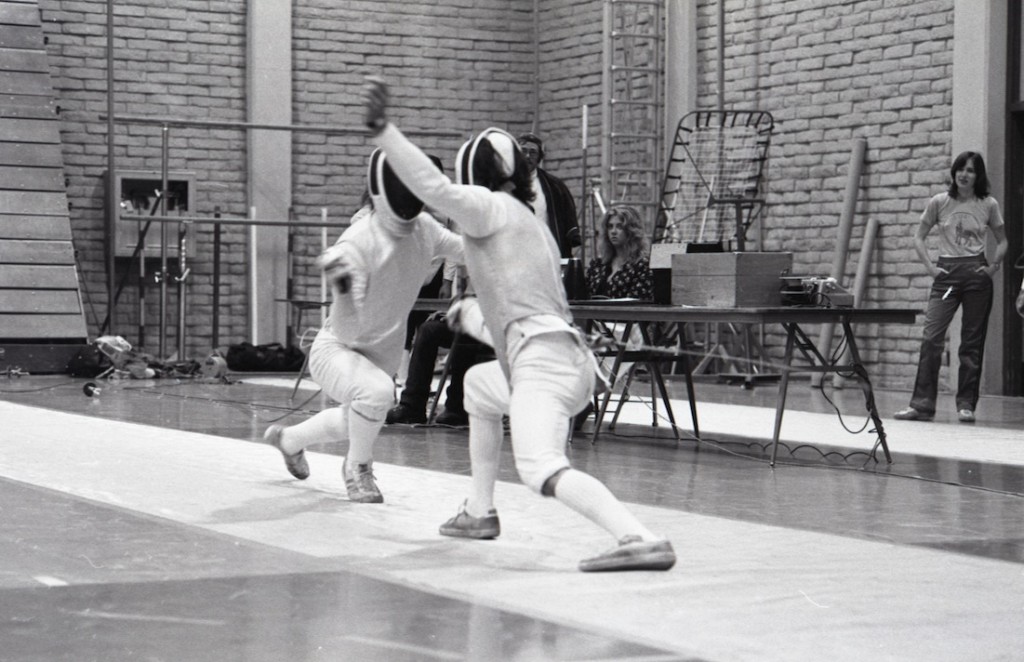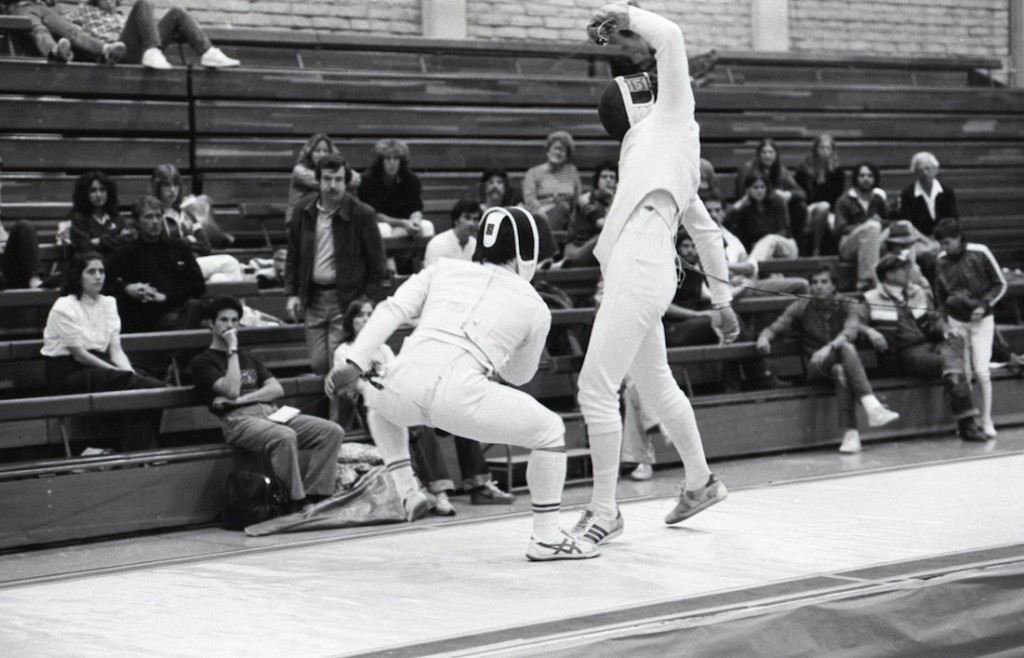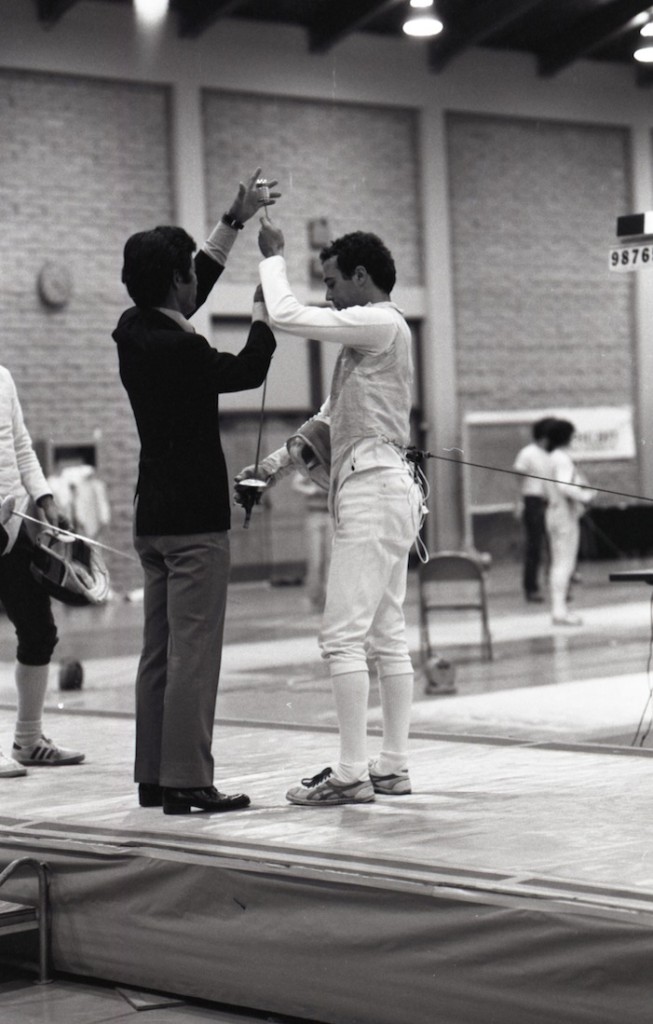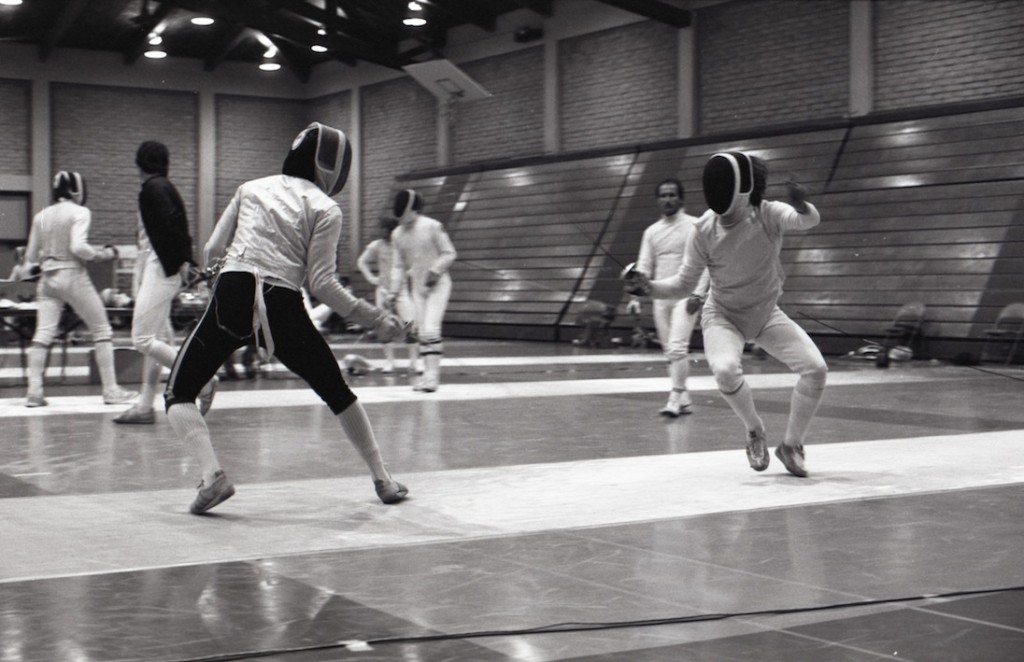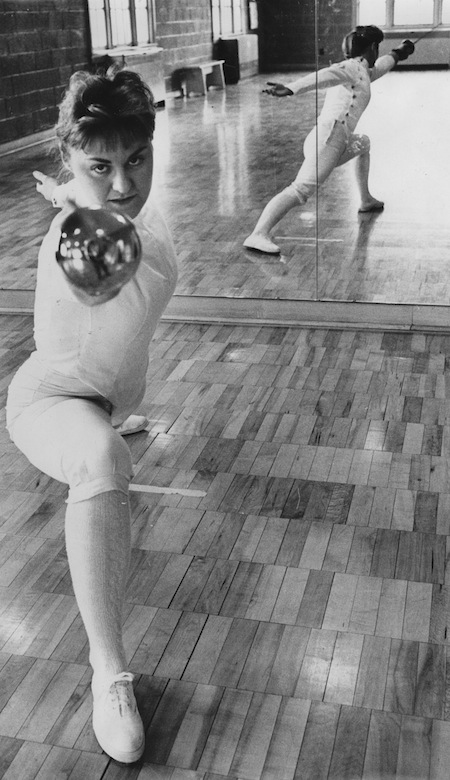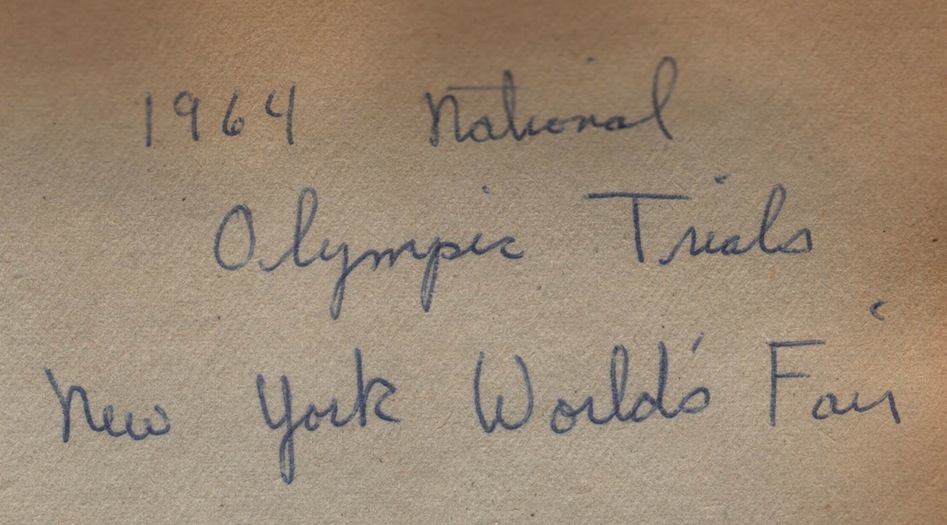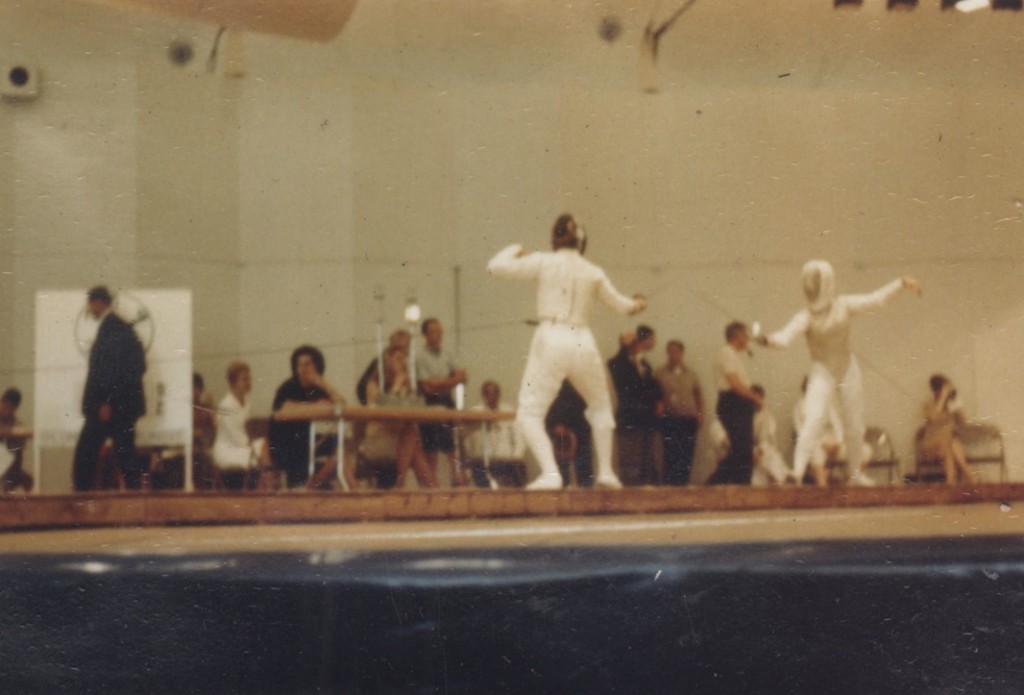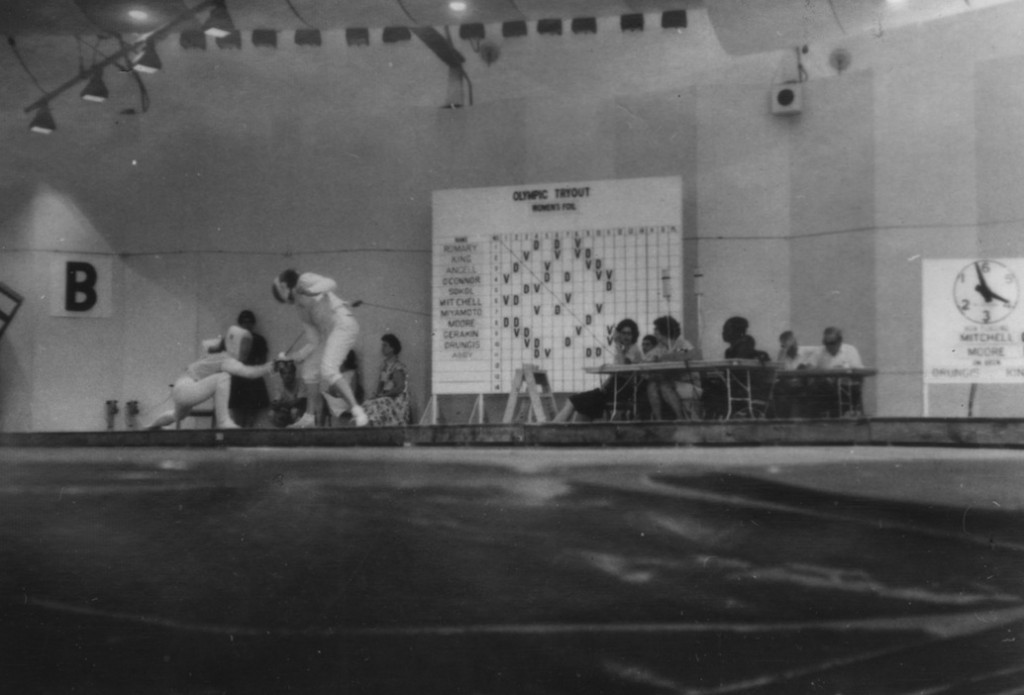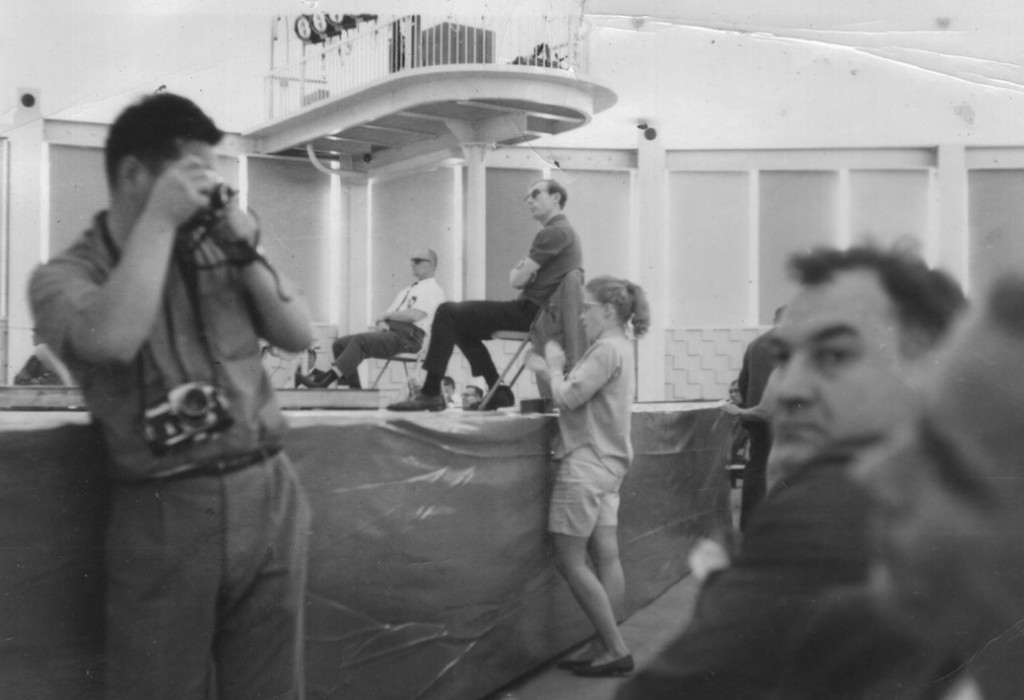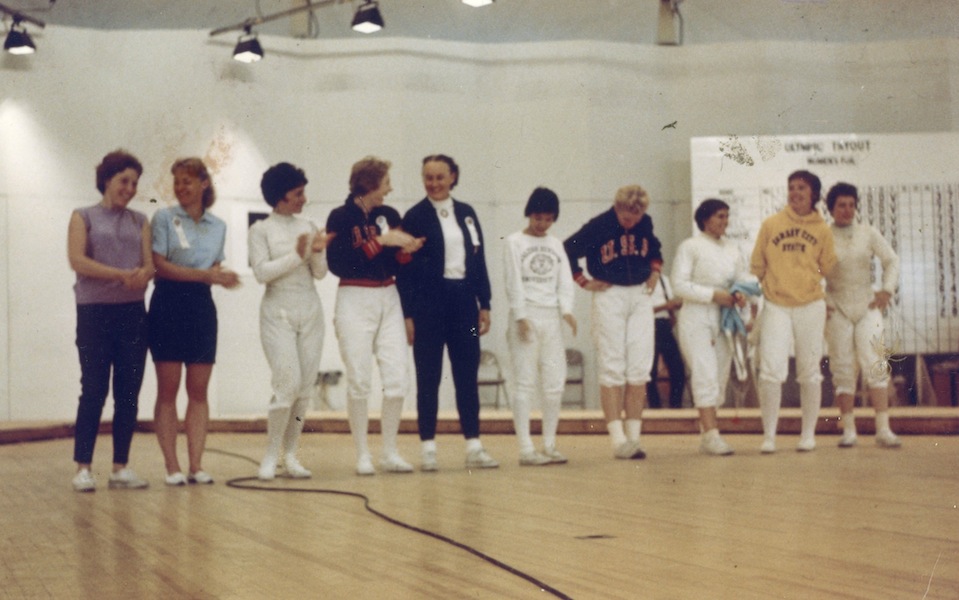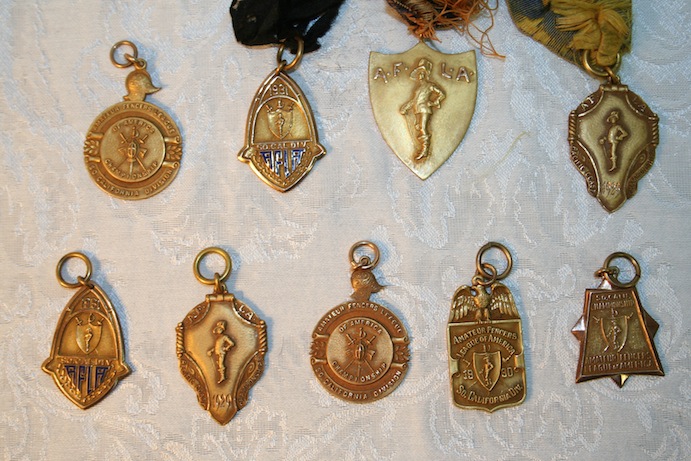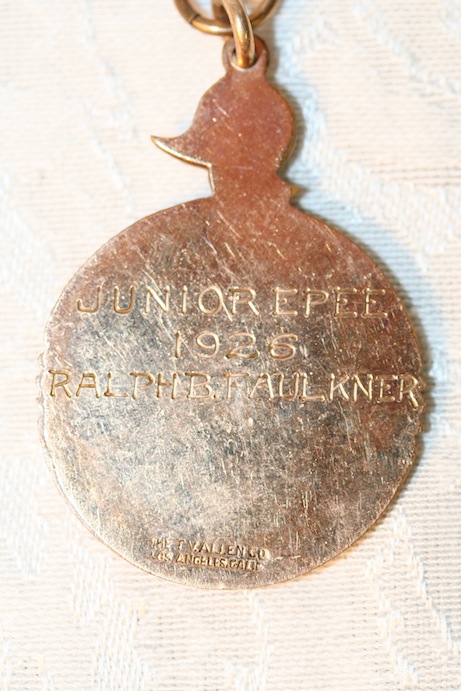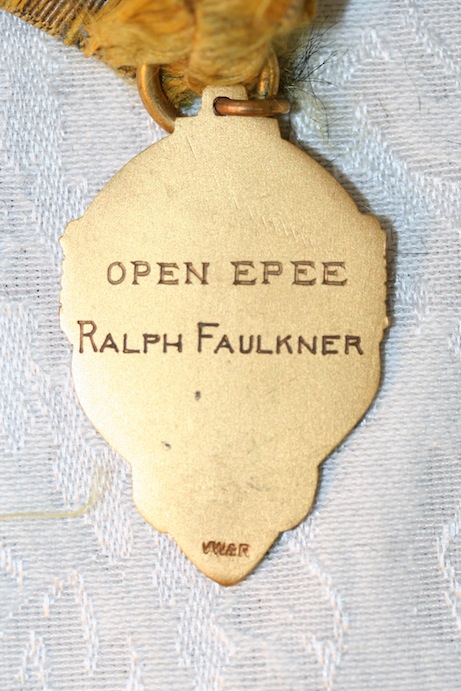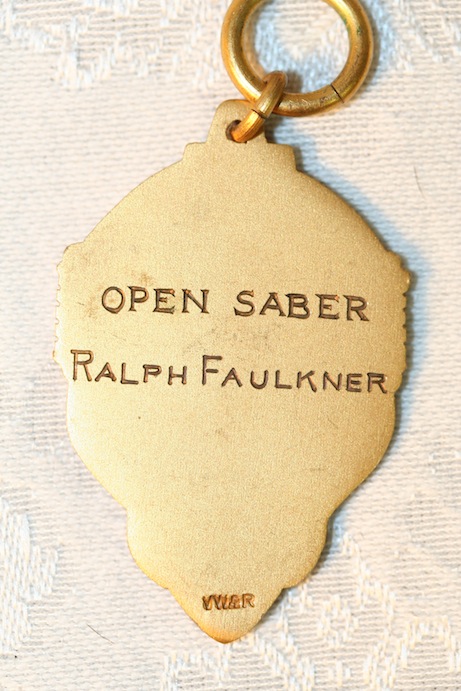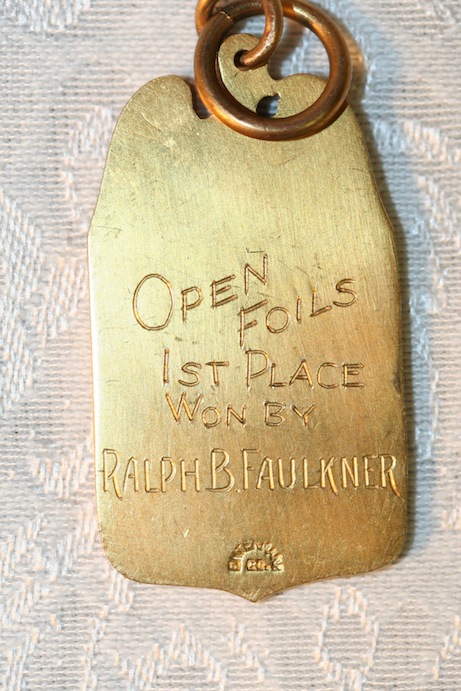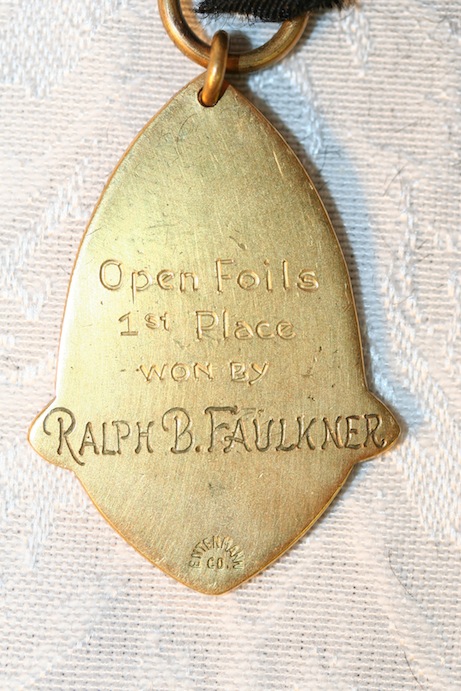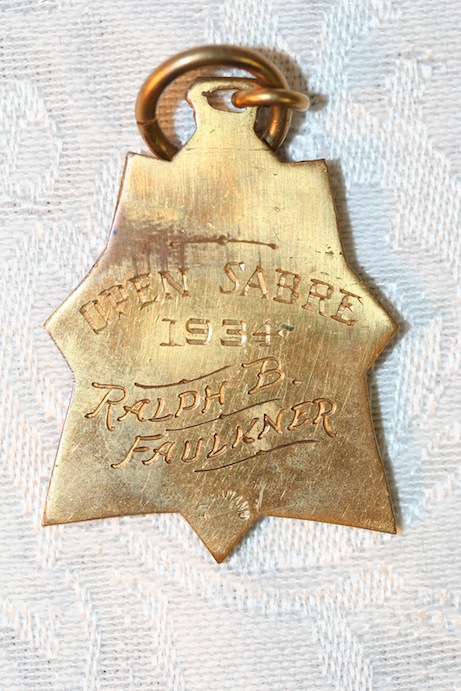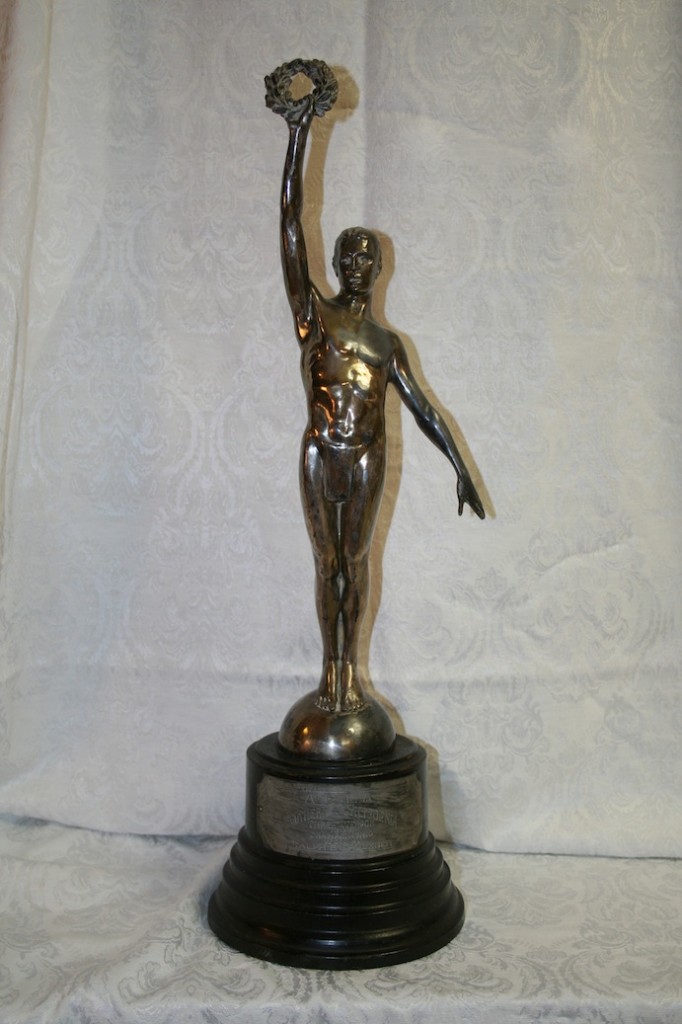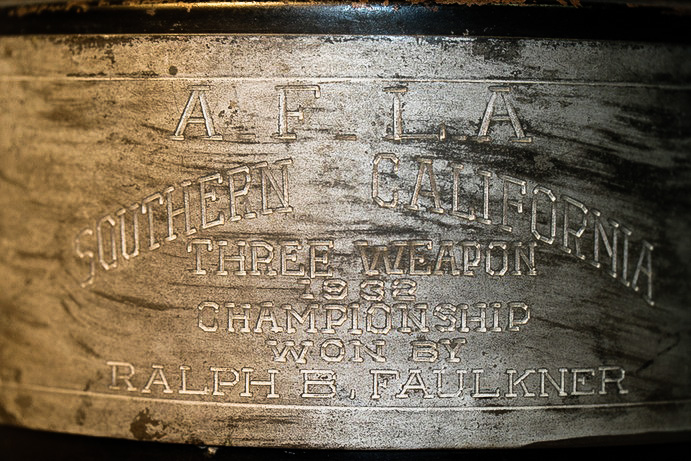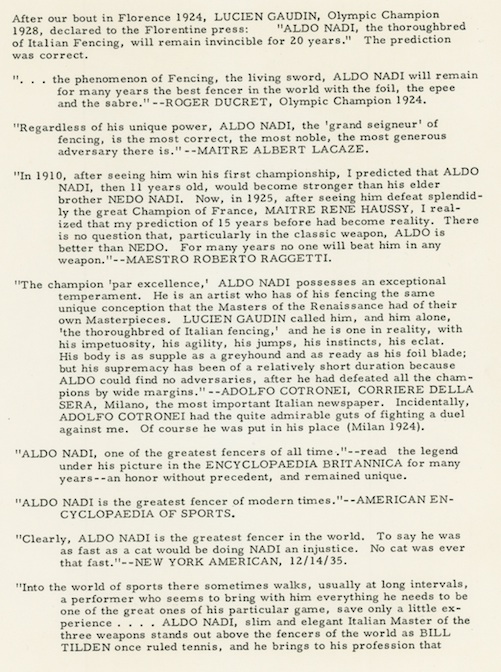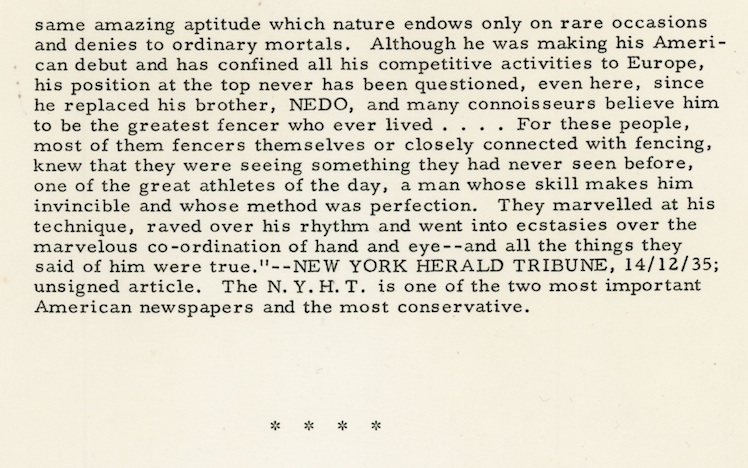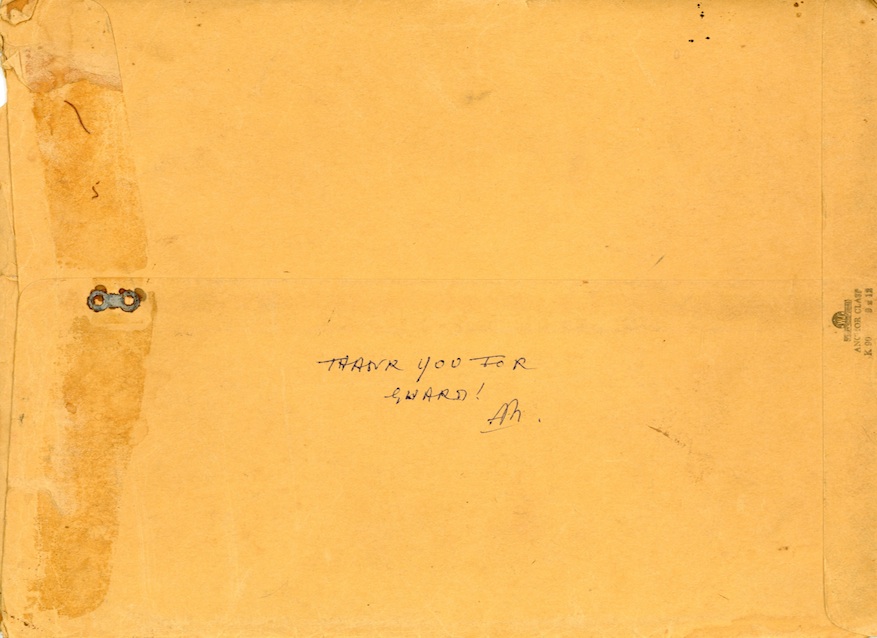Random Stuff
Trying out still more page formatsJust A Standard Page
Nunc et vestibulum velit. Suspendisse euismod eros vel urna bibendum gravida. Phasellus et metus nec dui ornare molestie. In consequat urna sed tincidunt euismod. Praesent non pharetra arcu, at tincidunt sapien. Nullam lobortis ultricies bibendum. Duis elit leo, porta vel nisl in, ullamcorper scelerisque velit. Fusce volutpat purus dolor, vel pulvinar dui porttitor sed. Phasellus ac odio eu quam varius elementum sit amet euismod justo. Sed sit amet blandit ipsum, et consectetur libero. Integer convallis at metus quis molestie. Morbi vitae odio ut ante molestie scelerisque. Aliquam erat volutpat. Vivamus dignissim fringilla semper. Aliquam imperdiet dui a purus pellentesque, non ornare ipsum blandit. Sed imperdiet elit in quam egestas lacinia nec sit amet dui. Cras malesuada tincidunt ante, in luctus tellus hendrerit at. Duis massa mauris, bibendum a mollis a, laoreet quis elit. Nulla pulvinar vestibulum est, in viverra nisi malesuada vel. Nam ut ipsum quis est faucibus mattis eu ut turpis. Lorem ipsum dolor sit amet, consectetur adipiscing elit. Maecenas nunc felis, venenatis in fringilla vel, tempus in turpis. Mauris aliquam dictum dolor at varius. Fusce sed vestibulum metus. Vestibulum dictum ultrices nulla sit amet fermentum.
Nadi’s Instructional Film
Ok, kind of a short post today, because there’s a mystery that needs to be solved and I haven’t had any luck on my own. The subject of Aldo Nadi has come up on the WCFA several times already in our short life so far. Check out what we’ve said so far here: http://westcoastfencingarchive.com/project/aldo-nadi/
For those of you just jumping in, Aldo Nadi was an Olympic medalist and World Professional Champion fencer, considered by many to be one of the best fencers ever. That’s, “ever”. True? Who knows? He also taught fencing in his later years, mostly in Los Angeles. He initially came to LA/Hollywood to break into the movie business. He had already been one of the lead actors in a 1929 French film directed by Jean Renoir, and picked up a bit part as a thug in Humphrey Bogart’s “To Have and Have Not”, but his Hollywood work ended up being more in the fencing choreographer role. But when in Hollywood, you make movies! Hence, we have this ad, from 1950:
So. Here is the Question of the Day: Does this film still exist? I can’t find any online reference to the Gellerts or the National Training Film Company in Pasadena or New York. The Pasadena address is a home, not a business location – in the Bungalow Heaven neighborhood in Pasadena, no less. http://www.bungalowheaven.org/. I used to live about 3 blocks from this No. Michigan Ave address. The New York address is an office building, looks like. And can I just say how much I hate what has happened to Google Maps? Sheesh. Talk about ruining a good thing.
Ok, back to topic. Let’s run this down! It just has to exist somewhere, doesn’t it? Anybody have any ideas?
Fencing Times, Issue #1
Ok, youngsters! Gather ‘round while the old folks talk about life before the Interweb. Yes, such a time did exist, strange as that may seem. Before Google, we had encyclopedias, newspapers and magazines. Library cards. Used book stores.
What we did not have was immediate access to information. For example, last night at the West Berkeley Fencing Club I was watching the U-20 World Cup team finals of the Men’s Foil and Women’s Epee, an event that occurred just a couple of weeks ago in Tashkent, Uzbekistan. Thank you, YouTube and the FIE Channel therein. The world (and your school teachers may not tell you this) was much, much larger in the 1980’s. Information, if it traveled at all, traveled very slowly. Events in other parts of the country might be read about in American Fencing Magazine, which came out every 3 months. Usually. Events in other countries? Well, if you subscribed to Escrime from France or Scherma from Italy – and you could read Italian and French – you might keep up to date, give or take a few months.
Imagine the happy surprise when the Southern California division started putting this out:
Fencing Times #1
This served a few purposes. First, it was the So Cal newsletter, announcing tournament results, upcoming events, etc. Second, they reviewed rule changes, National events, point standings. Third, they did bits of history – which of course I’m going to like. Plus, they would print results from International competitions. Eight pages of… ok, seven and a half pages of information that was not otherwise available. Imagine if Google limited your search results to seven and a half pages of information per month. Not a lot, right? But you’d still take it. Pretty much everyone on the West Coast who knew about it, devoured it.
Here are some cool examples of the kinds of announcements you found in this, the first issue:
Announcement for the inaugural Calvert Challenge Team Foil event, with a great picture of Maestro Delmar Calvert to boot!
Page 3 has some tournament results, some articles and the FIE calendar.
Results from an “Out of Town” event, the Terres Des Hommes, held in Montreal, Canada.
More “Out of Town” news.
Included with these articles on Page 3 is an announcement that a cable sports station called ESPN is going to carry some fencing events the 81/82 season. (Anybody have a VCR running for that? Did it ever happen?) There are also listing for the (limited) areas where you can sign up to get ESPN from your Cable TV provider.
Also on Page 3 begins a listing of the current point standings for the top 10 in each weapon (remembering that this is before Women’s Epee and Women’s Sabre had “official” national events, thus no points for those events). Keep in mind that this is the So Cal Newsletter, hence the particular emphasis on fencers from that region.
Page 4 is a full page continuation of the article from Page 2 about some history of So Cal fencing in the 1970’s:
Page 4
I don’t think you can have a discussion of So Cal fencing in the 1970’s without including Delmar Calvert, Dan DeChaine, Bradley Thomas, Joy Ellingson and Andrea Metkus. They’re all here.
Pages 5 and 6 are taken up with the So Cal schedule through December, including some National events. Page 7 gets back into the news coverage, starting with a photo from the 1980 Olympics.
The caption reads: Jolyot (r) and Smirnov at ’80 Olympics
And that, Ladies and Gentlemen, is where this paper had me as a fan forever. An Actual Photo of Olympic Gold Medalist Vladimir Smirnov in action. Great stuff!
In other Page 7 news:
The below notification was like gold, because smart, organized people could begin to figure out travel and expenses to the circuit events. I’d have to go back and look at an American Fencing Magazine that would have been concurrent with this September paper, but it would not surprise me if this were the first place you might have seen a notice for the particulars of the upcoming national events. Wouldn’t surprise me in the least.
Finally, on the last half-page, the continuation of the point standings:
The sad thing about the Fencing Times is that it didn’t last very long. I think I’ve got all the issues in The Archive and each one had interesting news, information and photographs. At the time, they were an unparalleled resource for fencing news and perhaps the So Cal division was just in over its head to keep it going for a long time. Perhaps it was the brainchild of one particular person who moved on for whatever reason. (My suspicion is the latter, but I know only bits and pieces from rumor, so I won’t presume to take a stand on the matter. I just really missed this resource when it was gone.)
There is more history to be mined from the pages of the Fencing Times. It will have to wait for another day – I need to scan another issue!
Find HH
While looking through all the photographs the Archive has amassed of Hans Halberstadt, two things become clear. First, he got around. He clearly traveled a great deal. There are pictures of him all over his European playground. Second, he really enjoyed people. Lots and lots of people.
Below are some selections from a couple of sources. Some of these are on the wall at Halberstadt Fencing Club. Some came from the Halberstadt scrapbooks that HFC still has in their possession. Several, in particular the ones with the greatest number of people in them, came from the Halberstadt Box. See that story here: http://westcoastfencingarchive.com/2015/01/08/the-hans-box/
In the last case, I had initially overlooked the photos as just some group of people where Hans took a picture of the group at some event. However upon closer inspection, I was eventually able to find Hans in every one of these. It happened a bit by accident the first time. While scanning one of the group photos and looking at the scan, I was surprised to spot Hans. Going back to look more closely at others, sure enough, there he was.
So, let’s play a little Find HH! We’ll start easy:
Front left. Easy!
This one is from his San Francisco time, so a bit later in his life. Looks like a fun party… for Hans!
This photo is dated 1908, so Hans would have been around 23 years old.
Ok, everybody get the idea of the game? Now that we’re warmed up, let’s make it a bit more interesting!
Yet another party! This one isn’t too terribly tricky, although there are two gents with the Hans mustache and for once Hans isn’t smoking.
Another one from later days. It’s possible that this was taken in 1958 at the Italian/Hungarian demonstration at the Fairmont Hotel in San Francisco. See the story here: http://westcoastfencingarchive.com/2015/02/13/the-fairmont-exhibition-1958/
Did you find him? There in the back, that’s him.
The interesting thing is that Hans is often the one doing the clowning around in these photos. Not always, of course. But enough to make you think that he was having a better time than many. So here he is at the beach with friends, stretched out on some shipwreck tossed up on who knows what shoreline. Hans is the one in the middle of the group, arms outstretched.
What? Another party? I think this must be the same group as some other shots I have of Hans and they seem to have been taken at many different locales. A traveling party. This time Hans has the cigar, making him a bit easier to find.
And then there’s this one. No date on this school photo. Probably around 1895? A ten year old Hans, perhaps? By now your eye is tuned up and ready to find a smaller version of Hans, even without the mustache and cigar. Got him? Front row, second from right. That’s him.
And finally, just for fun:
There were several like this. Crazy big groups, many taken at the beach. And yes, Hans is in there. Here’s a close up view to help you spot him:
How did Hans wind up with photos – several photos – of group shots like this? Maybe it was just like now, when you’re at Disneyland or some other tourist spot and a photographer offers to take your picture. Of course, in Hans’ day it would have required a great deal of time between shooting the photo, printing it (with chemistry!), mailing it, payments back and forth, etc. Who knows how long it took for all that.
So that’s our little game of Find HH for the day. Enjoy!
Boffing: The sport of slugs
The Airolimax californicus, more commonly known as the Banana Slug, is the official mascot of the sporting students of the University of California, Santa Cruz. You may hear the name shouted to cheer on UCSC students, as in “Go Slugs!”
If you can say anything about the fencers at UCSC during the reign of Charlie Selberg, (and you could say a great deal) they knew how to have a good time. Case in point; the Intramural Boffing Championships, held at the West Field House on the UC Santa Cruz campus sometime in 1971.
Now, The Boffer was the invention of Jack Nottingham, a student of Aldo Nadi’s, who had run fencing clubs in both Portland and San Francisco. As Selberg explained in a 1971 article describing the upcoming Intramural competition, Jack “promoted it through encounter groups. They whacked away at each other for psychotherapy.” Nottingham manufactured them himself, and the kit included the somewhat stiff foam sabre with a goggle/ear cover headset. He put an ad in the Whole Earth Catalog and sold them for $11.00, which included two boffers and two headsets. The above article references a story I had decided must have been apocryphal, and here is the fact of it. I had always heard that Michael D’Asaro, at the height of his hippie-ness, had performed on stage at Winterland between sets for a rock concert. What concert I still do not know. But here we have this article describing this exact thing, although what I had always imagined as being a sabre demonstration of some sort turns out to have been a match with boffers. I’m going to have to rely on the memories of others to fill in the gaps of that part of the story, since in 1970 I was 11 and not attending shows at Winterland.
When Jack moved to San Francisco, he gave up the boffer construction and distribution rights to some friends in Portland who continued to market them until at least 1974, but I can’t find reference to them after that. In addition to the boffing tournament at UCSC, a series of photos were taken at the beach in Santa Cruz, with the intention of using the images in promotional material. So, off to the beach for Michael, Charlie and John McDougall.
Michael D’Asaro and Charlie Selberg, getting prepared to take a whack at one another.
Michael and Charlie using fencing technique, while adoring fans look on.
Charlie’s feint flank, cut head with fleche.
Michael returns with same.
Non-standard fencing moves can also be applied to boffing, apparently.
Here’s one that’s not quite cricket, however effective.
Of course at the beach, anything can happen.
Selberg put the photos to use fairly quickly to drum up interest in the sport and the intramural.
And of course, there was the event itself:
The tone of the event cannot be described as having been of a particularly serious nature, based on the costumes worn by the contestants.
Clearly, fun was the rule of the day. It’s too bad we don’t have video of the event, but… oh, wait! Did I mention video just now? How about film transferred to video? Does that count? Sorry there isn’t any sound for this. Feel free to make your own sound effects while watching:
And finally, a wrap up article that describes the details of the results, along with a brief run down of the history of the boffer and boffing.
The text from Tom Tebbs Article:
When Dr. James A. Naismith was given the project of invention a new indoor game to help increase YMCA membership in 1891, he came up with the only present major sport in the United States which is purely of American origin.
People in Springfield, Mass., probably didn’t make a big to-do about the gathering of Y members who used a soccer ball to throw through peach baskets at each end of a room.
The participants of the early stages of “basketball” probably viewed the game as a little silly, but good exercise and fun. There was probably a lot of laughing and joking going on in trying to learn a game in which the rules were vague because of it being so new.
So be it with ‘boffing.”
Boffing is a friendly intramural adaption from the sport of fencing.
The University of California at Santa Cruz (UCSC) field house was the scene of a wild afternoon recently when colorfully dressed contestants did battle in a a spirit of joviality. It was the first World’s Intramural Boffing Championship Matches.
Boffing follows the rules of fencing, but foam sabres are used with plastic goggles and foam ear muffs. The object is to square off, attack your opponent and touch or whack him with your sabre before he does the same to you.
“I would predict that this thing will catch on with other schools, Charles A. Selberg, UCSC physical education teacher and director of the tournament, said shortly before the tournament.
“The motivation is that it’s a hell of a lot of fun. It lets the kids let off steam. And that’s the purpose of our program.
Selberg explained the PE in state universities is optional, (and noncredit) a trend that is spreading to junior colleges. Hartnell College recently ruled it so. It is still mandatory at Cabrillo College for those under 21.
“There is a strong move toward individual skill sports — judo, karate, fencing, dancing, scuba diving, sky diving, mountaineering and yoga,” Selberg said. “There’s been a particularly heavy turnout of mountaineering.” Other favorite recreational activities on campus are Frisbee contests and kite flying, Selberg added.
It was probably no surprise to Selberg that boffing caught on so quickly and strongly, because fencing is big-time at the school. Though it is not a varsity sport at UCSC, like it is at UCLA and Berkeley and several other state universities, the Santa Cruz team won the all – university championship in January.
The team had a knowledgeable coach in Selberg. He was a member of the first United States team to win a world fencing championships — the World’s Masters’s Fencing Championships in London in 1970.
Just as Abner Doubleday is not the inventor of baseball, but rather an adapter of the game of English rounders (according to a sports encyclopedia) Selberg cannot be given credit for inventing boffing.
Selberg said that Jack Nottingham, a fencing master in San Francisco, first came up with the idea. “He promoted it through encounter groups. They whacked away at each other for psychotherapy.”
Nottingham began to manufacture the foam sabres and goggle sets and his product gained national attention when an ad appeared in Whole Earth Catalog, Selberg said. The sabre and goggle sets sell for $11.50
Nottingham was asked to entertain during a break in a rock concert in Fillmore Auditorium in San Francisco by performing a boffing exhibition with Michael D’Asaro. D’Asaro was a team member of Selberg’s on the 1970 world championship team and is now the best fencer in the US, according to Selberg.
The Fillmore exhibition was billed as the World’s First Boffing Championships and received brief mention in Time magazine.
D’Asaro said he was first exposed to fencing in public school in Brooklyn, N.Y. “I found out that in fencing I was getting praised for being aggressive. In everything else, that aggressiveness was getting me in trouble, “ D’Asaro said. He stayed with the sport in college and eventually became the collegiate champion.
Selberg will go down in history as the person who made boffing an intramural sport. During the winter quarter he said, “Let’s have a boffing contest and see if anyone enters.” There were 25 entries and boffing has now become a regular intramural sport.
Selberg conceived the idea of the world’s intramural boffing championships and told his students to “laughingly dress in the true spirit of boffing.: He said he specifically instructed that there would be no specific rules, “Just a thumbs up thumbs down affair.”
With the help of UCSC public relations director Tom O’Leary, Selberg issued some professional PR material which helped set the tone for the tournament.
The advertisement promised that the first-place winner would win a genuine handmade “Mr. Natural” mask. the second -place finisher would earn the right to boff the judge or judges of his choice. The third-place contestant would receive a hearty hand shake from anyone of his choice and the fourth place winner would be awarded a hand-tinted photograph of Warren Harding.
The students proceeded through the five-point matches earnestly, but very seldom did a smile leave their faces.
One contestant had pinned an advertisement on the back of his T-shirt which read, “Much ado about nothing.” A spectator commented, “I’m seriously considering this to work out my marital problems.”
Volunteering his services as a judge was John McDougall, of Aromas. McDougall became a friend of Selberg’s after competing against him while attending Stanford University.
McDougall formerly directed the San Francisco School of Fencing and when Selberg turned professional in 1960 his first job was head instructor for McDougall.
McDougall is semi-retired on a three-acre farm in the Aromas area, but still is connected with a fencing equipment company in The city.
Like all sporting events, someone was eventually declared a winner (Richard Simpson). But more importantly it was fun time, for participants and spectators alike. And ins’t that what sports is supposed to be all about?
Off the Strip, May 1946
Here is another tidbit from “The Fencer”, a mimeographed newsletter started by a couple of fencers from the San Francisco area that eventually became a statewide endeavor. There are so many little bits of fascinating history tucked into its usual eight pages that I hardly know where to look for something to share. Harold Hayes, he of the Pacific Fencing Club in Alameda, CA, put this into my hands, so I thought I’d share a little article from the May, 1946 issue that caught my attention. This particular article was written by Pierre Paret, one of the Associate Editors of the newsletter. I’ll transcribe, rather than putting in an image of the text, as they typed fonts often fail to read easily in its latest incarnation. Having started as typewriter-typed sheets, transferred to mass-mailing form via mimeograph, much later Xeroxed and now scanned as a .pdf, I hope you’ll trust me that this format will be easier on your eyes, if not mine.
Everyone has been very sorry to hear that the Oakland Fencing Club was dissolved a few days ago. I know we all had hopes that it would become well established and grow into a rallying point for every East Bay fencer, and furthermore would develop new ones who could give the older groups in the City some competition. Well, that hope is gone.
Now fencing in Berkeley and Oakland is reduced to the Berkeley Fencers Club and the University of California. The Berkeley fencers just manage to keep going, but still have some of the better women fencers of the Bay Area. As far as their men are concerned, they will be helpless in every competition next season except possibly Prep. The situation at U.C. is so sad (despite the hard work of the U.C. fencers themselves) that I couldn’t bear to write about it, and Arthur Lane had to take over and cover that particular wake separately, somewhere else in this issue.
For the failure of the Oakland Fencing Club, Bischoff blames the lack of interest among the former members. But I think that the Club could have continued on, and even grown, if a competent professional had been available. And it is the same with the other East Bay groups – – they could revive, and they could expand, if a good professional would settle over there. An interest in fencing existed in that area even before the War. I got my first fencing lessons in Oakland from Mr. Funke, who used to cross the Bay twice a week and instruct. When he was forced to discontinue his East Bay branch many students who could not afford the time to go to San Francisco gave up fencing and were lost to the sport. Today there are a lot of people over there who would take fencing lessons if only a good instructor could be found.
Of course we have had some of these fly-by-night teachers before and we might have one of the species again. I remember a certain person here who took lessons for little more than a month and then turned “professional”. He, and people like him, have ruined more prospective fencers than this division has active members. They aren’t any good, but they talk a fine game, and at changing innocent novices into wild, dirty fencers they are excellent. Quack professionals.
Enthusiasm and willingness to work are necessary, but without a competent teacher they don’t mean a thing. The enthusiasm exists in the East Bay – – the professional doesn’t. If there is a good instructor footloose anywhere, I’d just like to tell him that the market is here, the opportunity is here, he would have all our support, and I hope he comes to us soon. – PARET
********************************
Reference above, here is Maestro Erich Funke d’Egnuff, taken around 1940
As mentioned, there is indeed an article written by Arthur Lane about the state of affairs at UC Berkeley. The title of Lane’s article is “A SAD COMMENTARY”. Interestingly, it outlines a problem that UC Berkeley has had for much of its existence in relation to the fencing program. They very seldom get organized to a point where they are willing to pay enough to retain a quality coach for a long period. At the present time, this is as much due to the “club” status of any team that Berkeley may field. As such, as with any University club, leadership changes every two to four years, if not more often. That makes it impossible for the fencers to involve themselves in a program that can establish and maintain long term goals for the creation of quality athletes in the sport. This isn’t meant to denigrate the effort of anyone who is currently at Cal, either as teacher or student. But let’s face it; no club team is going to get anything like a percentage of the funding that the Cal Bears football program is going to get. To quote Mr. Lane from 1946:
“A few (professionals) have offered their services in the past, usually for the prestige that would accrue to them, but there is none there now – nor is there likely to be. The University offers too little. ‘Fencing is a minor sport,’ it says. Therefore the gate receipts from football go back into football.”
He continues:
“But how many football players are on the field after they leave college? How many fencers continue active beyond their fiftieth year? The University, which professes to offer every opportunity to its students of learning something of lasting value, is missing the boat.”
Well said, Mr. Lane, well said. It certainly seems like the above is as true today as it was in 1946. C’mon Cal! Give that fencing program some green to go with the blue & gold! It has certainly been done in the past. Maybe if someone starts an online petition or a crowd funding effort?
Left to Right: Arthur Lane, Erich Funke d’Egnuff, unknown, Hans Halberstadt, unknown.
A recent study showed that fencers who competed in High School had nearly a 30% chance of competing in college. I don’t know what the stats may be of fencers in college who continue to fence after college, but it seems pretty clear from what I’ve experienced that the percentage has to be near “a lot”. It’s worth noting that the next highest sport to translate from High School to College is gymnastics at 19%. No other sport is above 13% and most are in single digits. Football is at 8%, and how many of those go on to play post college? Approximately 1.6%. Thus, about one and a half out of every one hundred college football players continue to play football post college – so, pro. (What the other half of that player does is anyone’s guess.) Certainly more fencers than that continue on after college.
I was further intrigued by Paret’s reference to fly-by-night instructors. That seems to be more of a dying breed. So many more opportunities are available today to learn how to teach. Coaching clinics happen fairly regularly and the internet makes it so much easier to Google-stalk someone’s credentials for accuracy that I think it would be a lot harder today to claim unwarranted excellence in this sport – and get away with it – for very long. Hey, we’ve made some progress since 1946, haven’t we?
The Olympic Record, Part 1
I tried to take statistics in college, but found that I was lacking enough (read: any) math skills to succeed. But put a fencing score sheet in front of me and I can calculate indicators like a house on fire. I spotted a large book on a high shelf at one of my all-time favorite used bookstores (Logos, on the Pacific Garden Mall, Santa Cruz, CA) with a spine that read “1932 Olympic Record”. Flipping through the pages, I found, to my surprise, the pool-by-pool accounts of all of the fencing events. And for 1932, that meant I could check out just exactly how dominant Gyorgy Piller of Hungary was in the sabre events. Answer: Very. That book was the first purchase made for the West Coast Fencing Archive. Not terribly cheap, either. If you find yourself scanning abebooks.com for an example, you will find them but rarely and often for more than I paid, for books in poorer condition.
Imagine my surprise then, when I discovered they are mostly available online! Whilst Google-stalking a fencer from Los Angeles who competed on the 1932 team (Harold Corbin) I discovered that the 1984 Olympic Committee had done quite a bit of work to digitize Olympic Records dating back to the earliest Modern Olympics in 1896.
The 1896 Olympic Record cover
I suspect in 1896 the organizers weren’t exactly certain there would be another Modern Olympics, which is likely why they did not put the date on the cover. There are certainly some oddities in the book. The description of the events takes day by day approach, rather than event by event. And, while there are some photographs, they aren’t captioned, nor matched to the page where the text might describe what the photograph shows. Not even close. The fencing pictures were tucked in between descriptions of the Long Jump competition. Still, hey, photos of fencers!
A fencing team from 1896
Although there isn’t a caption, I’ll call this one “A Grand Salute”!
The above photo is interesting in that you can see neither fencer is wearing their masks. Also, the fencer on the left has his blade drawn back over the top of his own head, which seems to indicate that the two are demonstrating the Grand Salute, rather than competing for a touch. The 1896 book does not cover the individual matches or pools, so the who-did-what-to-whom is not available, unfortunately. I’ll skip the 1900 Paris Olympic book for several reasons. First, no photographs of fencers. Second, it’s all in French. Third, they could have put photographs of fencers in the book, as proven by the number of photos of automobiles and motorcycles helping describe that part of the Olympic competition. Fourth, I don’t like the book because previous sentence.
The 1904 Olympics were held in St. Louis, MO, as part of the Louisiana Purchase Exposition. (Thank you Wikipedia for that particular tidbit.) There were two competing Olympic books for this, published not by the Olympic Committee, but rather by outside publishers. The first I found to have little or no fencing info, so I include here just the one from the Spalding Athletic LIbrary.
The 1905 almanac for the 1904 Olympics
Not a great deal of fencing coverage in this book, to say the least. In fact, it would have been a challenge to put in any less coverage. Just a list of names, no nationalities, conflicting (and all wrong) spellings of “Ramon Fonst” of Cuba, but still coverage. Of a sort.
The 1904 fencing results
This was an interesting event, in that a handful of Americans and two Cubans seem to have been the only competitors. The Americans lent out one of their members to the Cubans, Alberston Van Zo Post, to make up an “International” squad, so they could at least have one team event. Things were a little more hotly contested in 1908.
The 1908 Olympic Record cover
This seems to be the event where the fencing really began to take on the nature of an international competition for supremacy, versus what seems to have been more of an exhibition in previous Olympics. This is my conjecture only. So much more to read. Fourteen nations competed in the 1908 games, the US and Cuba not among them. Also, there was no official foil event, nor, at this juncture, women’s events.
A note regarding an early round team match.
There are some very interesting notes in this book, as above. “…without receiving a single scratch”? Sounds like Sabre may have been a pretty interesting event if “scratches” were commonplace. It might also indicate a reason behind one other thing I found that surprised me:
Scores for the Sabre Team final.
Matches fought to a single touch! I guess if you were in danger of receiving a “scratch” from your opponent’s sabre, a one-touch match might well be preferable.
The victorious Hungarians.
Jeno Fuchs, individual and team Gold Medal winner in 1908 and 1912, is the short guy with glasses.
The 1912 cover.
The 1912 games saw the introduction of the Men’s Foil individual event, although still no team. And still no women’s events. Sixteen nations competed this time, including the US, where we had a couple of fencers make it as far as semi-final rounds. The book itself has some very nice flourishes.
Some of the Gold Medal winners.
You may notice that the Hungarian squad is somewhat larger than we might see today. The below snapshot may indicate why and also tell a little about future changes to Olympic team formation.
Sabre individual final pool.
The Hungarians fielded 12 entrants in the event. Other nations had similar numbers of entrants. In looking ahead, this did not immediately cause an alteration in the number of participants per weapon, per country, but I suspect it may have provided an example to those who wanted to limit such numbers in future Olympiads.
Fuchs versus Nadi
I love the above photo for a number of reasons. It’s great to see the lone Italian (also lone non-Hungarian) finalist mixing it up with the Gold medalist. Also interesting is the number of spectators. Maybe there were a couple more on the same side where the photo was taken from. You know… maybe not, too. Last, it’s interesting to note that Nedo Nadi could enter a competition and NOT take first place. He ended up 5th amongst the eight finalists. Aldo Nadi wrote of brother Nedo only ever taking Gold in his Olympic events, but clearly that was not entirely the case. Nedo did win the Gold in the Foil event in this Olympics. He also won the Sabre Gold in the next Olympics of 1920, but the Hungarians were not in the field.
With World War One looming, I will stop for the time being. These books help fill in some very interesting data about fencers who we know today mostly – if at all – by name and/or reputation. More to come another time!
1982 Pacific Coast Championship’s, Men’s Foil
There is a small cadre of people, myself included, who take credit – unrelated and unbeknownst to the actual founders – for setting the stage for the creation of the San Jose Fencing Center. It’s an odd tale that culminated in the 1982 Pacific Coast Championships being held at Cabrillo Community College in Aptos, CA. It was Central California’s turn to host, and the division was being run by a group of young fencers from Santa Cruz. We (I can say ‘we’ as I was the Division Secretary) had taken over the division from a group that had run it for many years and we felt that our region needed some new energy.
Now, none of us were interested in running the division for a long time, but Len Carnighan, coach at Cabrillo and the mastermind behind the coup, felt that if we ran things “our way” for a year, the larger community of fencers, particularly those around the San Jose State program, would get frustrated with so many tournaments being held in Santa Cruz that they’d band together, get organized, and do a great job with the division for years to come.
It took two years, but it worked. The Santa Cruz contingent took over in 1980. To be fair, we did our best, but we were young and easily distracted. However, when it came time to put on the PCC’s in ’82, we did our best with what we had. The Cabrillo gym was a bit small, so the first thing we had to do was inform people that we couldn’t hold team events. If you run across a PCC’s team trophy today (and they are spread far and wide now, as the event is no longer held) you’ll see our efforts reflected for the year 1982, where the tiny plaque will read “Event Not Held”.
We put up a raised platform for a ‘finals’ strip, laid out the gym nicely and hired in two excellent directors to help with the officiating: George Kolombatovich and Heizaburo Okawa. This was back when early rounds of tournaments were self-directed, so we only were required to have some paid officials for the finals. George and Heizaburo performed in stellar fashion for us.
One of my brothers, Garrett, is a photographer. Mostly still life and portraits. Not a lot of sports. But we shared an apartment at the time of this tournament, so he made an exception for fencing pretty regularly. He brought his cameras and a ton of film on the day of the PCC’s Men’s Foil and shot a ton of photos. Here are some of the best.
L: Unknown R: Dean Hinton
L: Unknown R: Matt Harris
L: Don Blaney R: Noel Hankla
L: Heik Hambarzumian R: Pierre Des Georges (George Kolombatovich directing)
L: Joe Shamash R: Greg Massialas (Heizaburo Okawa directing)
L: Greg Massialas R: Unknowns
Bird’s Eye View
L: Doug Nichols (Me!) R: Unknown
L: Heik Hambarzumian R: Greg Massialas

L: Joe Shamash R: Unknown
Standing L-R: Eleanor Turney, Heizaburo Okawa
Seated: George Kolombatovich’s head, Greg Massialas, Dean Hinton’s back
Heizaburo Okawa checks Pierre Des Georges’ foil
L: Joe Shamash R: Pierre Des Georges
L: Peter Moy (I think) R: Me, again. Heik Hambarzumian directs. I’m about to get hit. Again.
As you will note, there are several people that I don’t remember. If anyone out there can help with identification of any of the Unknowns, I’d love to hear some ideas.
I have to say, I love the picture of Eleanor Turney. She gave me my first lame and was an unfailingly positive influence on fencing in the Bay Area for so many, many years.
To wrap up the introductory story of the Santa Cruz skullduggery that “helped” with The Fencing Center creation, here’s what happened. Len thought the San Jose contingent would get organized to overthrow the Santa Cruz contingent in a year. It took two. By 1982, the foundation of what became The Fencing Center was gaining momentum. Greg Massialas, Peter Schifrin, Peter Burchard and Scott Knies were getting going with Asgard Fencers, which soon morphed into The Fencing Center. Scott Knies ran things from an operational standpoint and also stood for Division Chair at the beginning of the 1982/1983 season and the Santa Cruzans happily ceded control of the Central Cal division. It goes without saying that Scott and his group ran a tighter ship and did an excellent job for as long as they had the reins.
1964 Olympic Trials, Women’s Foil
I only ever saw Julie (Moore) Selberg fence sabre. This would have been in the late ‘70’s, early ‘80’s, before there was a National Championship for Women’s Sabre. Now, of course, we have women fencing all three weapons, as is only right. Jeez, was it really so recently that women were – what – too frail? to be fencing epee & sabre? That’s another topic all together, I don’t doubt.
Julie Moore in 1964
Well, in 1964, Julie was a foil fencer, and a good one. Good enough to make the final at the 1964 New York World’s Fair, where the Olympic Qualifier event was held. Now, I’ve been perusing Google to try and track down some reference to this event or, heck, any sporting event held at the World’s Fair, with no success. Lots of stuff about Disney, as “Great Moments with Mr. Lincoln” and “It’s A Small World” both had their debuts at the Fair. But nothing about sports, or the fencing event.
What I know comes only from a scrapbook put together by Julie and the hand-written notes next to some of the pictures. Notes, for example, like this one:
Julie’s hand-written scrapbook note
That’s pretty specific and a hard one to misinterpret. So knowing where they were, the next thing to figure out is who was fencing.
Eleven fencers. One strip?
So, this will take some filling in. Some of the names are well known; Jan Romary, Harriet King, Tommy Angell, Denise O’Connor, Maxine Mitchell, and down at the eighth position, Julie Moore. The others, Sokol, Miyamoto, Gerakin, Drungis and Abby are unknown to me. Andy Shaw can probably run down their individual histories and Harriet King – the winner of this event – no doubt knows even more. But these are Julie’s photos, so Julie gets the spotlight.
Julie Moore began fencing in High School at a new fencing school in her hometown of Fargo, North Dakota, run by a dashing young fencing coach named Charles Selberg. Selberg, also a native of Fargo, had gone to San Francisco to get his Bachelor and Masters Degrees at San Francisco State University, where he took up fencing. He moved into teaching after graduation and returned to Fargo to open the Selberg Fencing Academy. Selberg’s fencers began to dominate the Midwest regional events and Julie, along with teammates Jan Myerson and Diane Amidon, tore through the competition. Julie was Midwest Champion of 1964, fenced at Nationals in Atlantic City in July and, later that same month, the Olympic Qualifier.
Janice York Romary, left, versus Julie Moore.
Now that I look at this photo a little more closely, I’m realizing that there had to be at least two strips. In the above photo, the clock (blocked by a passing man in a suit) is to the left of the scoreboard, and there is no large score board.
Julie Moore, left, versus Maxine Mitchell
In the above photo here, we see the big score board and the clock is to the right of the scoring machine. So, ok. Not a single strip, but at least two. That’s one thing settled. Also, fortunately for us, Julie’s teammate Jan Myerson was at the event to take these photos.
Jan Myerson (in shorts) cheers Julie on.
Julie heading to battle.
Unfortunately, there aren’t pictures from late in the event showing more of the scoreboard, so it’s difficult to track the progress of the results. The only certainty is that nobody went undefeated. Everyone on the board has at least one defeat, so I don’t doubt it was a battle from start to finish.
Julie facing the woman who came out on top in this event, Harriet King.
Interesting to note in the above image that this would seem to be before the rule was made where left handed fencers (when fencing a right handed opponent) line up to the director’s left.
Finally, we are graced with a picture showing the results; a line up of the finalists in placement order!
In reverse order, left to right:
11th place: Gerakin (not pictured)
10th: Carol Abby
9th: Julie Moore
8th: Vivian Sokol
7th: Janice Lee Romary
6th: Maxine Mitchell
5th: Madeline Miyamoto
4th: Anne Drungis
3rd: Tommy Angell
2nd: Denise O’Connor
1st: Harriet King
Julie moved to San Francisco in 1965 and began fencing at Halberstadt Fencers Club. Charles Selberg returned to San Francisco in 1966 and Julie Moore became Julie Selberg.
Ralph Faulkner Gold!
There is a great deal to be told of Ralph B. Faulkner, Olympian, Fencing Master, and Fight Choreographer to the Stars. I’ve been collecting stories and photographs of him for some time and will undoubtedly have a great deal more to say about him as time goes on. For the moment though, I’d like to invoke his memory while showing off the latest addition to the physical items of the West Coast Fencing Archive.
Now, one of the overriding principles of the WCFA is to attempt to maintain a small physical footprint. We just don’t have that much space. Our goal instead is to acquire and maintain an enormous digital footprint, so that images related to this grand endeavor we call fencing can promulgate throughout the interweb, reverberating through memories, to induce conversation and revelation. Just one of our lofty goals. As they say in my home town of Santa Cruz, CA (in reference to surfing, but I like to find other occasions to use it, as I stand before you as one of the worst surfers in recorded history), “Go big or go home”.
Anyway, this was an item I couldn’t pass up. Well, several items, actually. Let’s start at the beginning.
Like many people, I peruse Ebay. It is both a way to pass the time and, in the case of Archive possibilities, a necessity. Imagine my surprise when I saw an item for sale that referenced Ralph Faulkner. Doesn’t happen too often, but it does happen. Faulkner worked so long in Hollywood that there are sometimes publicity stills and such – often the same ones, over and over again. This, however, was different. A fencing medal, two actually, but one engraved on the back with the name “Ralph B. Faulkner”. I get jittery when I have to bid on Ebay. I know, I know. That’s kinda the point. Still, I much prefer the ‘buy it now’ feature so that I can make a decision immediately and move on with my life. Oh well. Had to bid. And hey! I won! I contacted the seller, thanking this anonymous benefactor, and letting them know I’d be interested in anything else they might have lying about with Faulkner’s name on it. I gave a brief rundown of his history, and The Archive’s history, and forwarded a link to this website to prove my bona fides.
Well, as it happened, there were a few more medals available, and would I be interested? I would, indeed! Here’s the cache of engraved medals:
They range in date from 1926 to 1934 and every year has a different design. (How come we don’t see that anymore?) One, from 1926, is a “junior” medal. Now, a junior fencer back then did not mean the same thing as it does today. “Junior” meant the same as “Inexperienced”. In 1926, Ralph Faulkner would have been 31 years old, so nowhere near ‘junior’ as we understand it today, when junior fencers are under 20 years of age.
A Junior Epee medal from 1926
However, it didn’t take too long to move up. Here’s a gold medal for Senior Foil, 1927.
In 1928, Faulkner was selected for the first of his two Olympic experiences. Clearly, he went from Junior to Senior pretty swiftly. One thing of note, Faulkner did not compete in 1928. Although he was selected for the team and can be seen in many of the team photographs, he is not listed in the team roster. Does that mean he was ‘selected’ to be an alternate? Need to do some digging on that front, I expect. Still, he was back at work in 1929:
Three from 1929.
Open Foils Gold from 1930
Two from 1931
In 1932, Faulkner was again named to the Olympic team. This time, he did compete. I have the Olympic Record for the Los Angeles Olympics of 1932 and it lists every bout for every pool, so I can tell you exactly what Faulkner was able to accomplish, but there is something odd, as well. Faulkner competed in the Sabre Team event. In the first pool, the US and Italy both advanced, as France and Cuba were scratched. The four finalists then, were Italy, Poland, Hungary and the US. The first US match was versus the eventual winner, Hungary. Hungary wins 13 to 3. Two of those three US victories were won by Ralph Faulkner. Against Hungary. After that? Poof! Faulkner doesn’t fence again. The US gets massacred by Italy, and loses to Poland – and thus the bronze medal – by a single touch. But the guy who beats two of the Hungarians, unquestionably the dominant force in sabre fencing at this point in history (and for the next 25 years), doesn’t get into any of the next two matches? What happened? Injury? Politics? Food poisoning? Missed a bus? Doesn’t really make sense to me, but I wasn’t there, so I don’t know.
Anyway, where was I?
A 1934 Open Sabre medal. Nice engraving, with the fancy swish!
As it turns out, the Ebay seller who sold me the medals, happened to have one more item with Faulkner’s name on it. They were a little hesitant to sell it, as they were trophy collectors, albeit with a focus on sailing trophies. I think it was looking at the website that convinced them to put the trophy into the hands of the fencing community via the WCFA.
It is my honor to present it here.
The Southern California Division of the AFLA’s 1932 Three Weapon Championship Trophy, won by Ralph B. Faulkner
It stands 24 inches high, and is heavy. They really knew how to throw a trophy together back then. Here is a closer look at the plaque:
The plaque.
I’m still trying to decide how to, or whether to do any restoration. Antiques Roadshow viewings would lead me to believe that I shouldn’t touch a thing. However, the plaque has clearly had something done to it. Either a polish or a paint has marred the surface, so I’m wondering if it could be cleaned and/or re-plated. I’ll see what I can find out. The figure, although worn and tarnished, I think I’ll leave that alone. It’s pretty awesome as is, battle scars and all. Well earned, no doubt. And after 87 years, I don’t want to mess with it too much.
Aldo Nadi Record, Part Four
This post will finally wrap up Aldo Nadi’s recollections regarding his efforts as a Professional Fencing Champion. The letter, taken as a whole, is an astounding document. Both because Nadi is so clear in his remembrances (and again, I’m giving him the benefit of the doubt on accuracy, having no alternate narrative to compare) and because his performances were so entirely dominant. Some of the opponents he fought at the absolute peak of their careers. I must also give credit where it is due for another astounding feat, and that is that we still have this document to refer to. Fencing Master John McDougall, the founder of American Fencers Supply in San Francisco, passed this document to the West Coast Fencing Archive last year and it is a prized possession.
In this final installment, Nadi reflects on his final exhibition match at age 52 (about 1951) and one of his heros, Cyrano de Bergerac, as well as asserting the absolute veracity of all the contents of his dissertation, in spite of his own acknowledged ego. In the end, he allows the printed words of others expound on his lights and successes.
I’m struck by the inclusion of the note by Adolfo Cotronei. As Nadi notes, Cotronei was his opponent in the only duel Nadi fought, an event for which Nadi’s book “On Fencing” provides a highly entertaining description of the entire duel from the fighters point of view. Aldo Nadi was not the only duel fought by Cotronei. He famously fought Fencing Master Giorgio Santelli (who invoked the rules of the dueling code to stand in for his aged father, who was the challenged party) aboard a barge in the Adriatic, the result of which was the scar across Cotronei’s forehead that Santelli graced him with. His final set-to was against Aldo’s brother Nedo who, supposedly feeling that Cotronei was a mad dog who would eventually seriously injure someone, was intent upon ending Cotronei’s dueling career by killing him. The story, as I understand it, is that in a freak incident, Nadi’s killing blow was stopped by Cotronei’s belt buckle. Cotronei, suddenly aware that Nedo was intent on his life, immediately capitulated and apologized – and didn’t fight any more duels.
As a coda to this four part article, I leave you with the hand written note Aldo Nadi wrote on the back of the envelope to Hans Halberstadt. (Halberstadt, in addition to teaching, also was a fencing equipment dealer.)
Transcription:
At the age of 52 I fenced here for the last time in public, one of my rare American exhibitions. My adversary was Mr. JOSEF LAMPL, an Austrian several times Pacific Coast Sabre Champion. Individually and in team, and once in the last 15 of an American Sabre Championship in which eight first-rate Hungarian sabremen were present. It had been requested that the bout should last EXACTLY five minutes. Mr. LAMPL was 35 and at his apogee. Honestly and chivalrously, Mr. LAMPL remembers even today, and tells it to anyone who would listen, that he was unable, in that bout, to touch me once in five long minutes of combat. Now, fencers know that this is not easy in foil, and even less in epee – – BUT IN SABRE, at 52… it sounds like a colossal lie!
This document contains the truth, the whole truth and nothing but the truth, so help me God!
Eminent European journalists who knew me well have more than generously compared me to CELLINI, CASANOVA, D’ARTAGNAN and CYRANO. No one could ask for more. However, their praise and appraise never went to my head, even though, like everyone else, I possess my share of vanity.
A brilliant pupil of mine (brilliant in mind, not on the strip) DOUGLAS POSTEN, gave me a few years ago a copy of ROSTAND’s immortal masterpiece so inscribed: “MAESTRO: Your achievement speaks for you as a Fencer, CYRANO speaks for you as a Man.”
“Eh bien! oui, c’est mon vice.
Deplairs est mon plaisir. J’aime qu’on me haisse.
Mon cher, si tu savais comme l’on marche mieux
Sous la pistoletade excitante de yeux!
Comme sur les pourpoints font d’amusantes taches
Le fiel des envieux et la bave des laches.”
- – CYRANO DE BERGERAC
And since not everyone can read French, here is the not particularly good but official translation:
“Well! It is my foible!
To be detested always rings my joy-bell!
You little know, my friend, how a sharp volley
From hostile eyes disperses melancholy,
or how amusingly my suit’s deflowered
by envy’s gall or drivel from a coward.”
Los Angeles
November, 1964
* * * *
A FEW COMMENTS
“ALDO NADI is the most powerful fencer in the world.” – – GEORGE BUCHARD, Three Times World Champion and Three Times Second in three Olympics.
After our bout in Florence 1924, LUCIEN GAUDIN, Olympic Champion 1928, declared to the Florentine press: “ALDO NADI, the thoroughbred of Italian Fencing, will remain invincible for 20 years.” The prediction was correct.
“…the phenomenon of Fencing, the living sword, ALDO NADI will remain for many years the best fencer in the world with the foil, the epee and the sabre.” – – ROGER DUCRET, Olympic Champion 1924.
“Regardless of his unique power, ALDO NADI, the ‘grand seigneur’ of fencing, is the most correct, the most noble, the most generous adversary there is.” – – MAITRE ALBERT LACAZE.
“In 1910, after seeing him win his first championship, I predicted that ALDO NADI, then 11 years old, would become stronger than his elder brother NEDO NADI. Now, in 1925, after seeing him defeat splendidly the great Champion of France, MAITRE RENE HAUSSY, I realized that my prediction of 15 years before had become reality. There is no question that, particularly in the classic weapon, ALDO is better than NEDO. FOr many years no one will beat him in any weapon.” – – MAESTRO ROBERTO RAGGETTI.
“The champion ‘par excellence,’ ALDO NADI possesses an exceptional temperament. He is an artist who has of his fencing the same unique conception that the Masters of the Renaissance had of their own Masterpieces. LUCIEN GAUDIN called him, and him alone, ‘the Thoroughbred of Italian fencing,’ and he is one in reality, with his impetuosity, his agility, his jumps, his instincts, his eclat. His body is as supple as a greyhound and as ready as his foil blade; but his supremacy has been of a relatively short duration because ALDO could find no adversaries, after he had defeated all the champions by wide margins,” – – ADOLFO COTRONEI, CORRIERE DELLA SERA, Milano, the most important Italian newspaper. Incidentally, ADOLFO COTRONEI had the admirable guts of fighting a duel against me. Of course he was put in his place (Milan 1924).
“ALDO NADI is the greatest fencer of all time.” – – read the legend under his picture in the ENCYCLOPAEDIA BRITANNICA for many years – – an honor without precedent, and remained unique.
“ALDO NADI is the greatest fencer of modern times.” – – AMERICAN ENCYCLOPAEDIA OF SPORTS.
“Clearly, ALDO NADI is the greatest fencer in the world. To say he was as fast as a cat would be doing NADI an injustice. No cat was ever that fast.” – – NEW YORK AMERICAN, 12/14/35
“Into the world of sports there sometimes walks, usually at long intervals, a performer who seems to bring with him everything he needs to be one of the great ones of his particular game, save only a little experience… ALDO NADI, slim and elegant Italian Master of the three weapons stands out above the fencers of the world as BILL TILDEN once ruled tennis, and he brings to his profession that same amazing aptitude which nature endows only on rare occasions and denies to ordinary mortals. Although he was making his American debut and has confined all his competitive activities to Europe, his position at the top never has been questioned, even here, since he replaced his brother, NEDO, and many connoisseurs believe him to be the greatest fencer who ever lived…. For these people, most of them fencers themselves or closely connected with fencing, knew that they were seeing something they had never seen before, one of the great athletes of the day, a man whose skill makes him invincible and whose method was perfection. They marveled at his technique, raved over his rhythm and went into ecstasies over the marvelous co-ordination of hand and eye – – and all the things they said of him were true.” NEW YORK HERALD TRIBUNE, 14/12/35; unsigned article. The N.Y.H.T. is one of the two most important American newspapers and the most conservative.
* * * *
Lorem Ipsum Dolor
Nunc et vestibulum velit. Suspendisse euismod eros vel urna bibendum gravida. Phasellus et metus nec dui ornare molestie. In consequat urna sed tincidunt euismod. Praesent non pharetra arcu, at tincidunt sapien. Nullam lobortis ultricies bibendum. Duis elit leo, porta vel nisl in, ullamcorper scelerisque velit. Fusce volutpat purus dolor, vel pulvinar dui porttitor sed. Phasellus ac odio eu quam varius elementum sit amet euismod justo.
Lorem Ipsum Dolor
Nunc et vestibulum velit. Suspendisse euismod eros vel urna bibendum gravida. Phasellus et metus nec dui ornare molestie. In consequat urna sed tincidunt euismod. Praesent non pharetra arcu, at tincidunt sapien. Nullam lobortis ultricies bibendum. Duis elit leo, porta vel nisl in, ullamcorper scelerisque velit. Fusce volutpat purus dolor, vel pulvinar dui porttitor sed. Phasellus ac odio eu quam varius elementum sit amet euismod justo.

